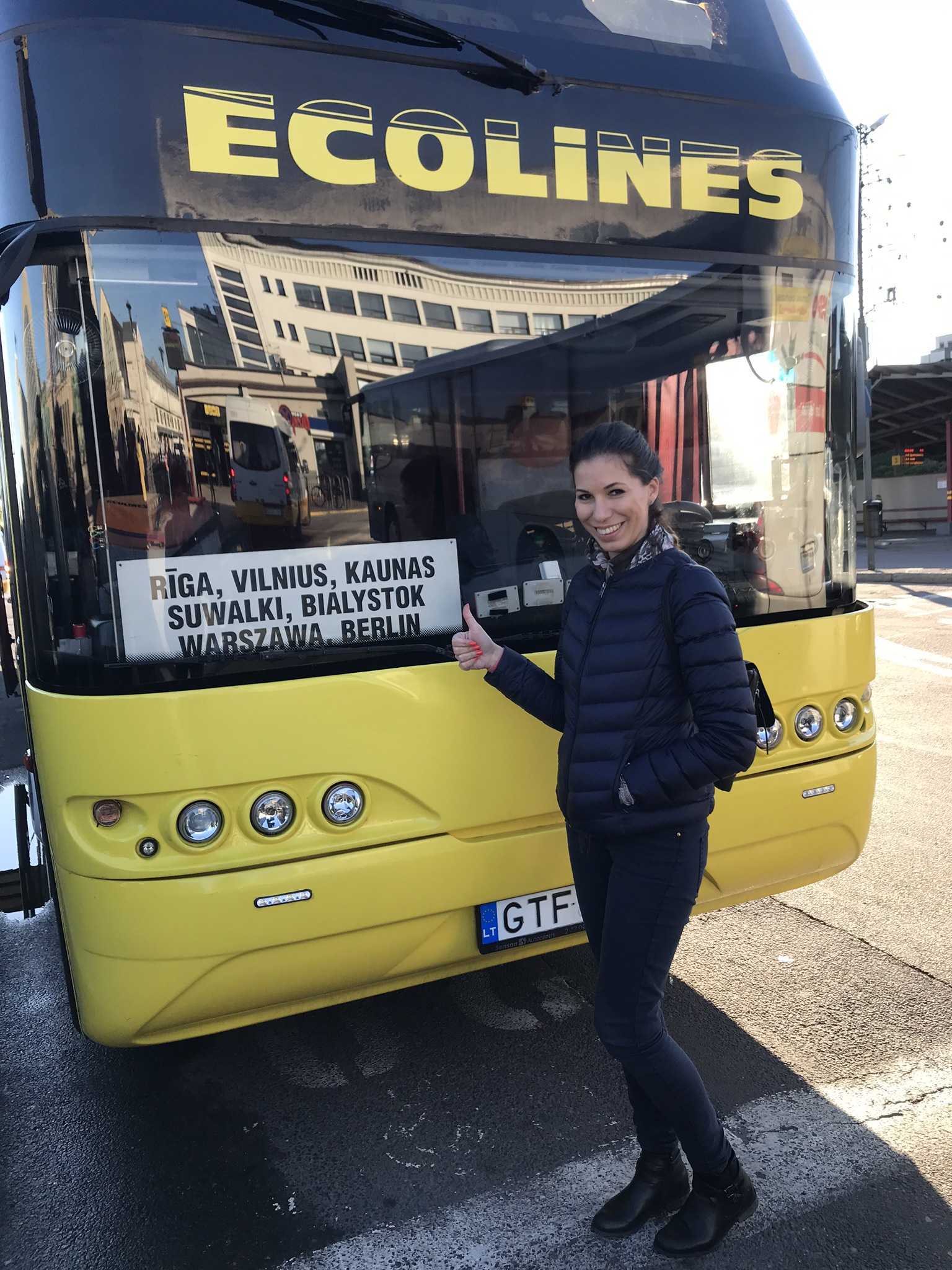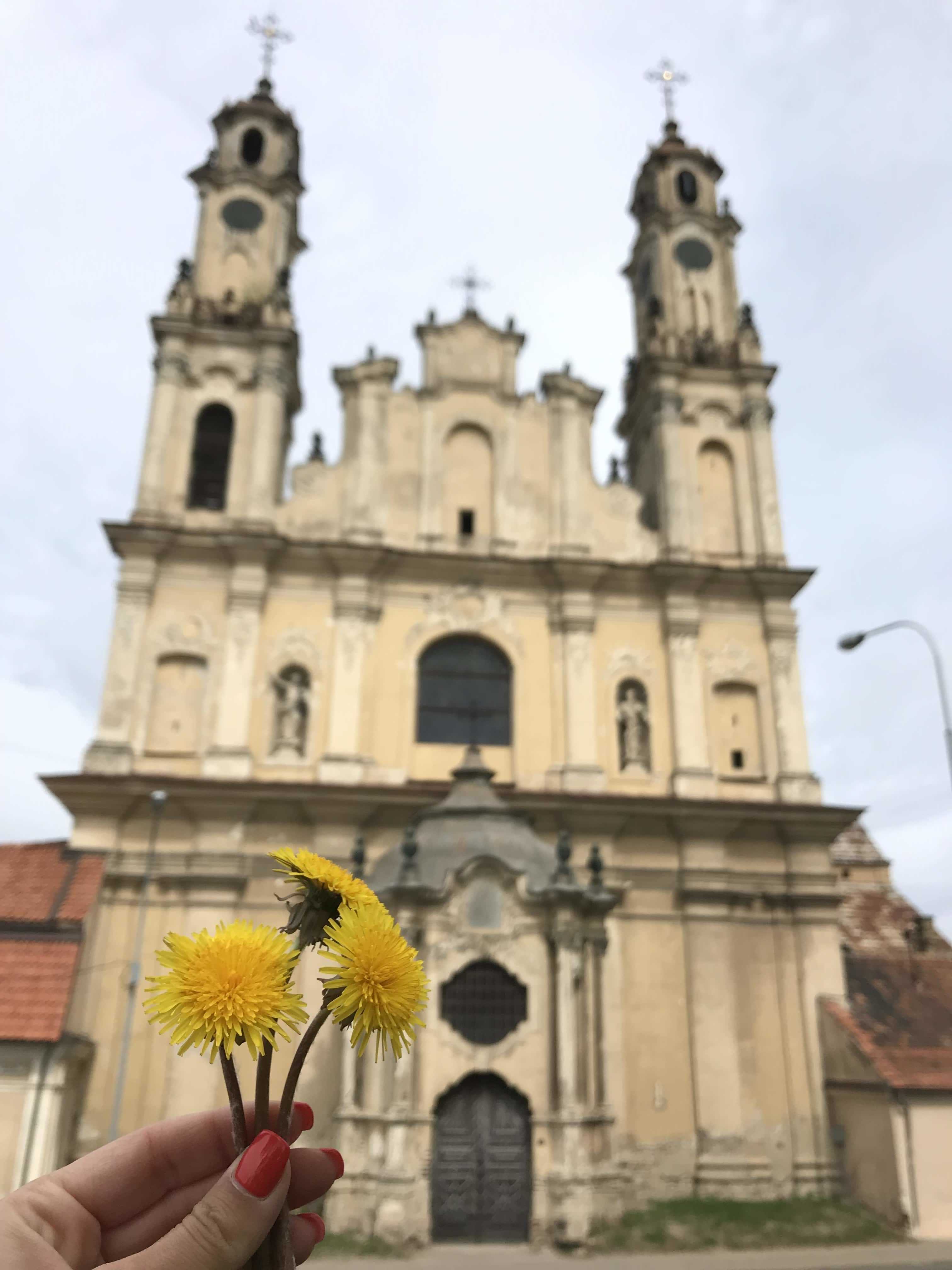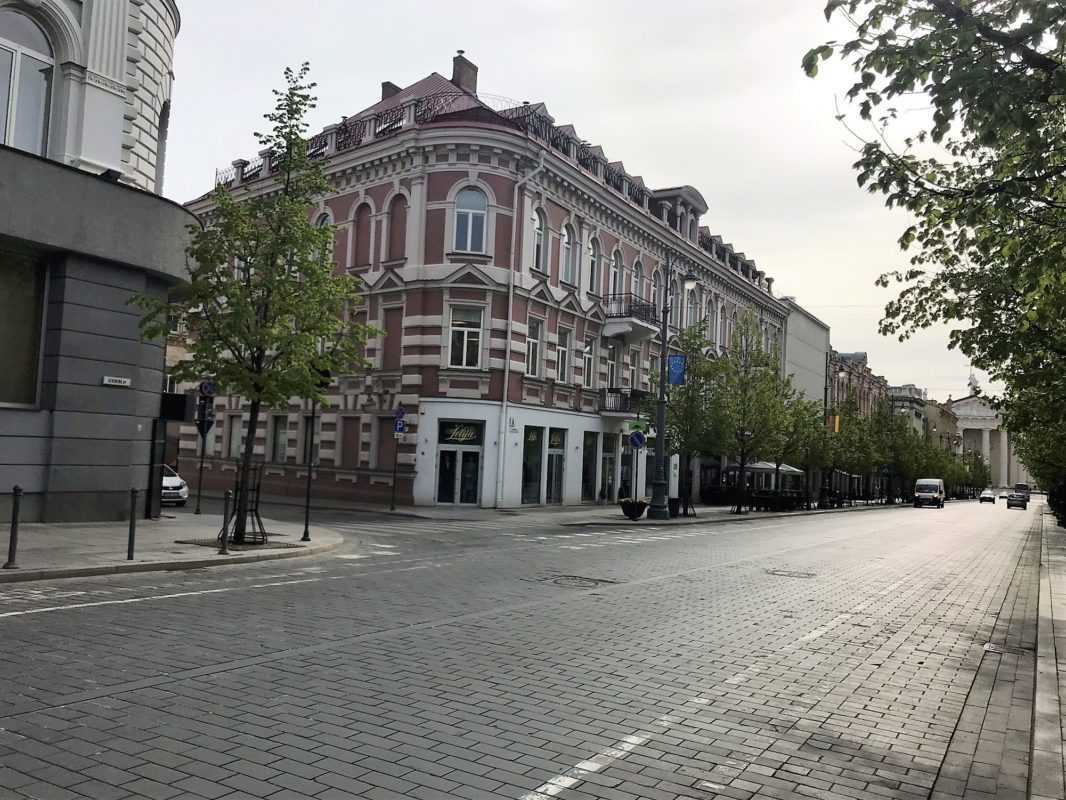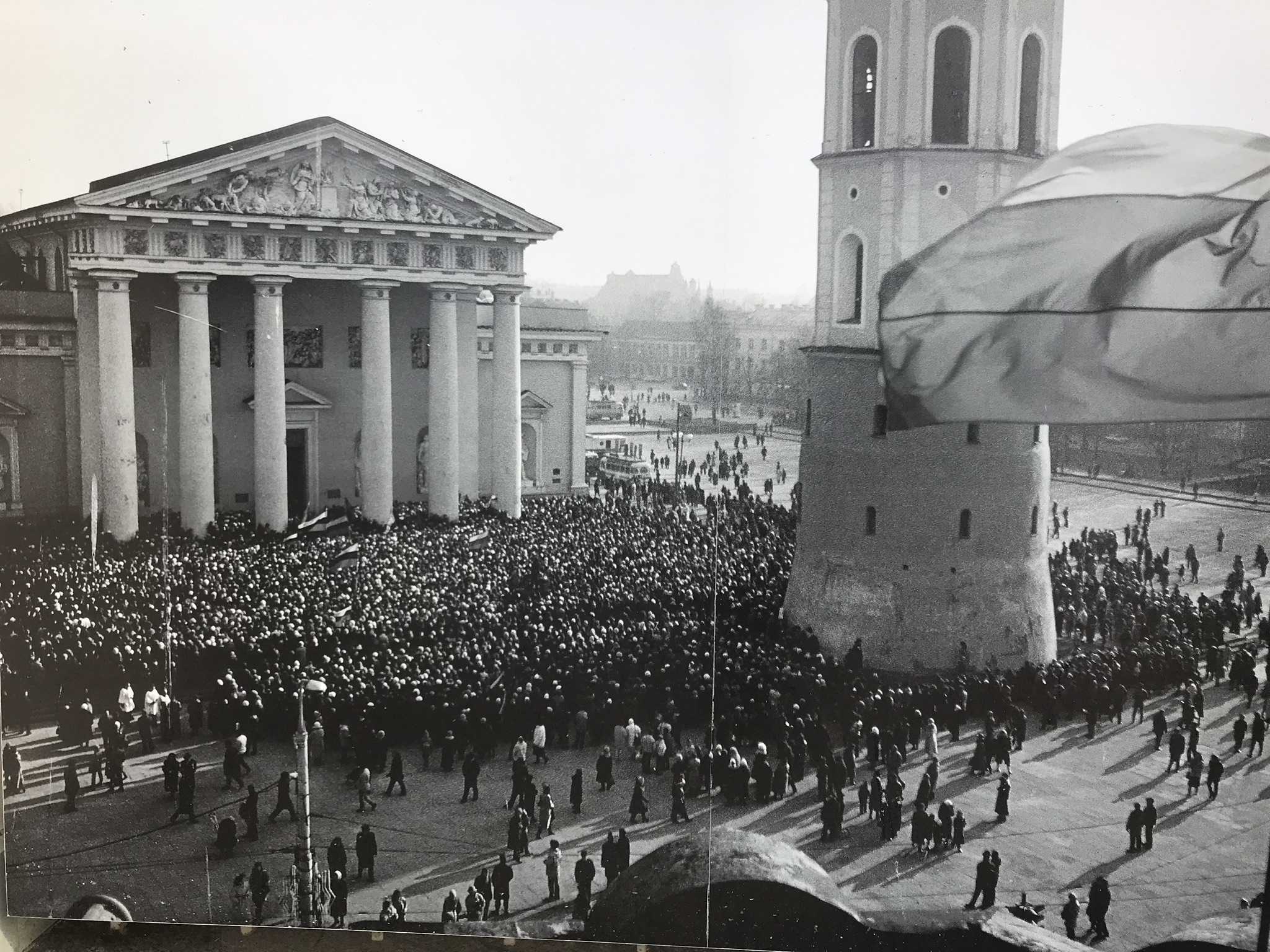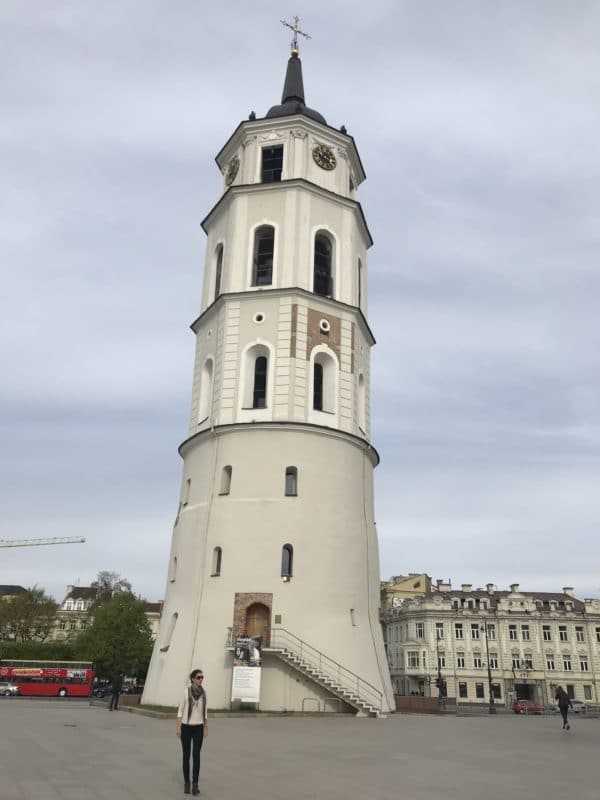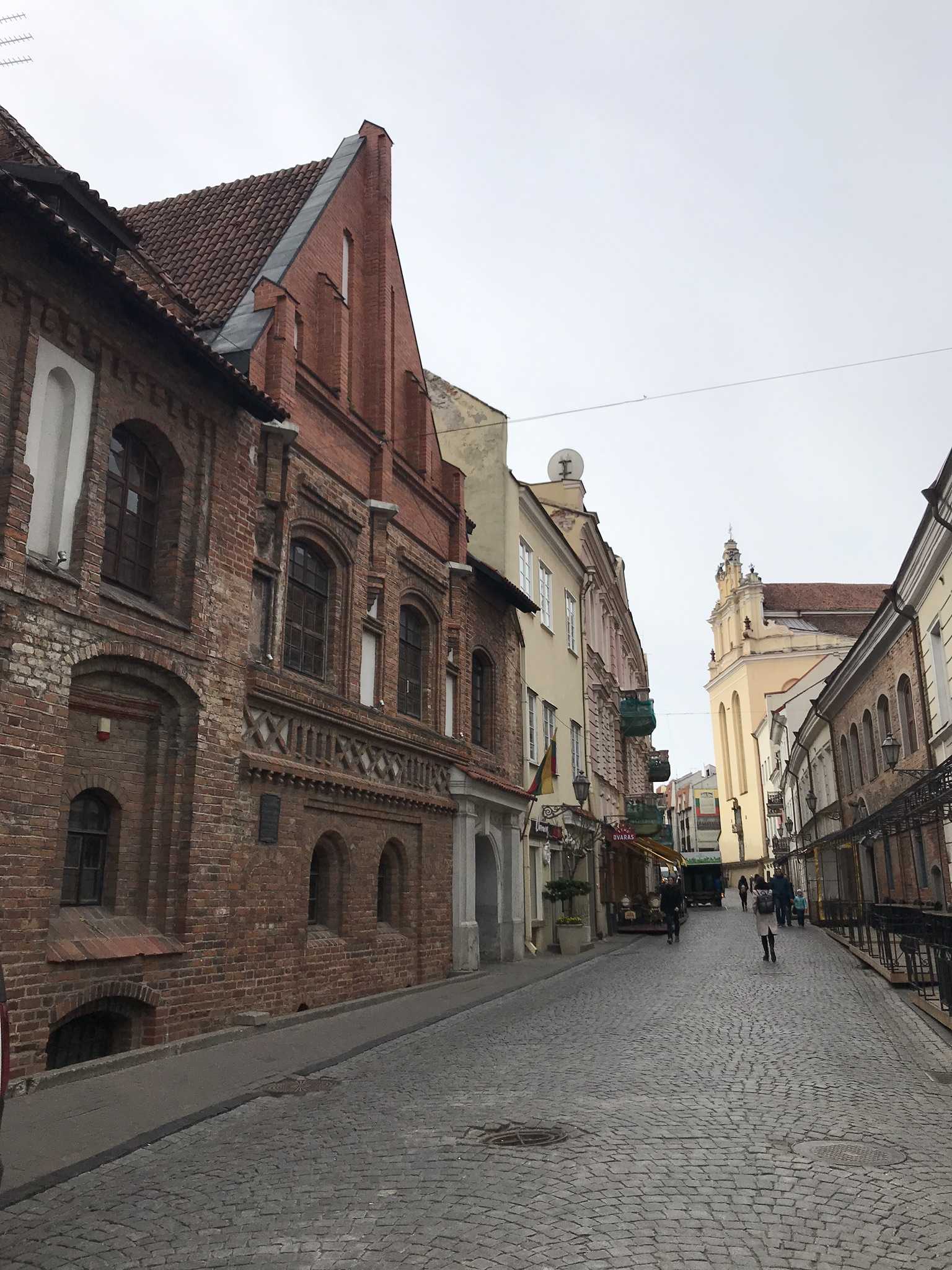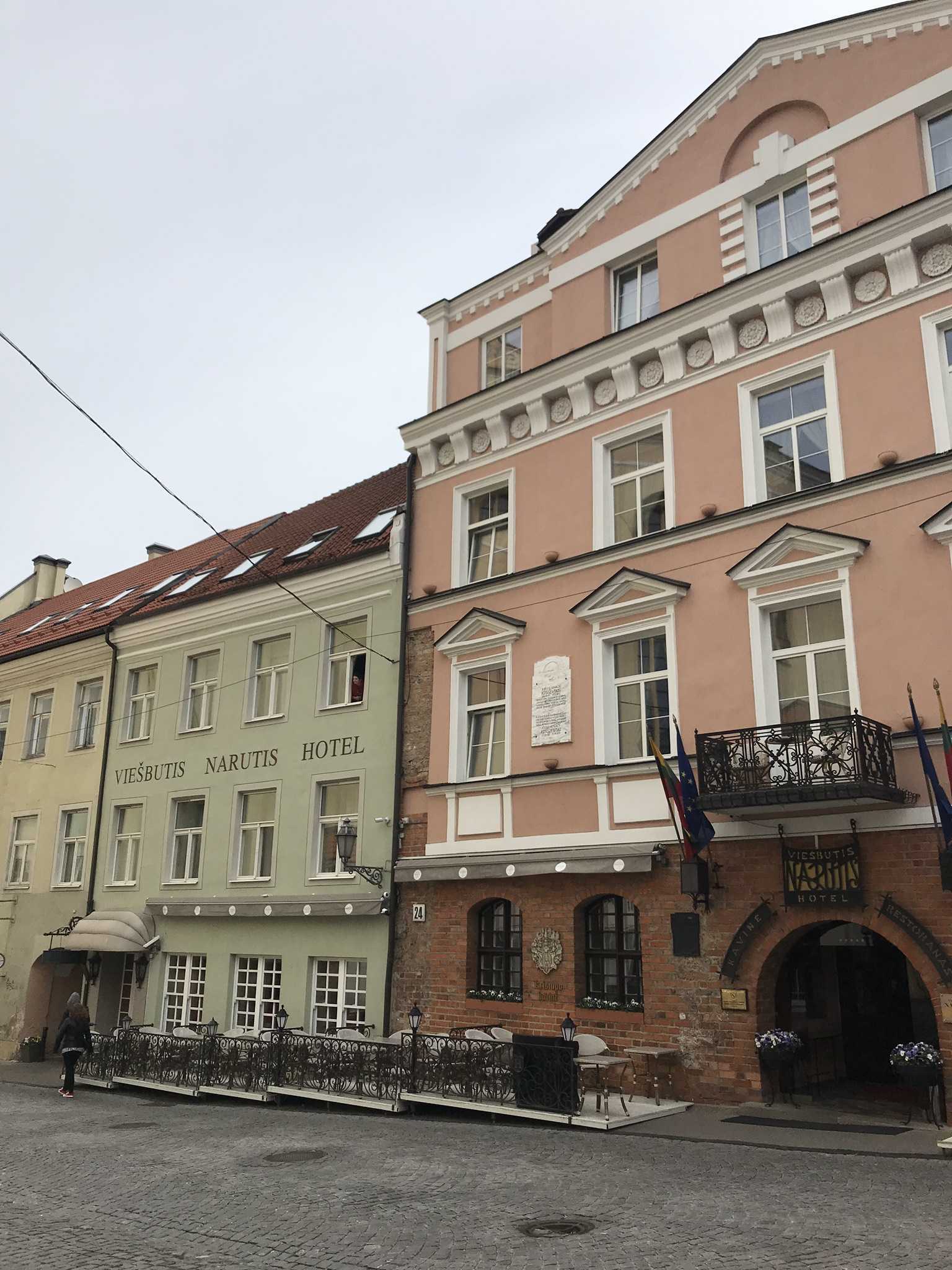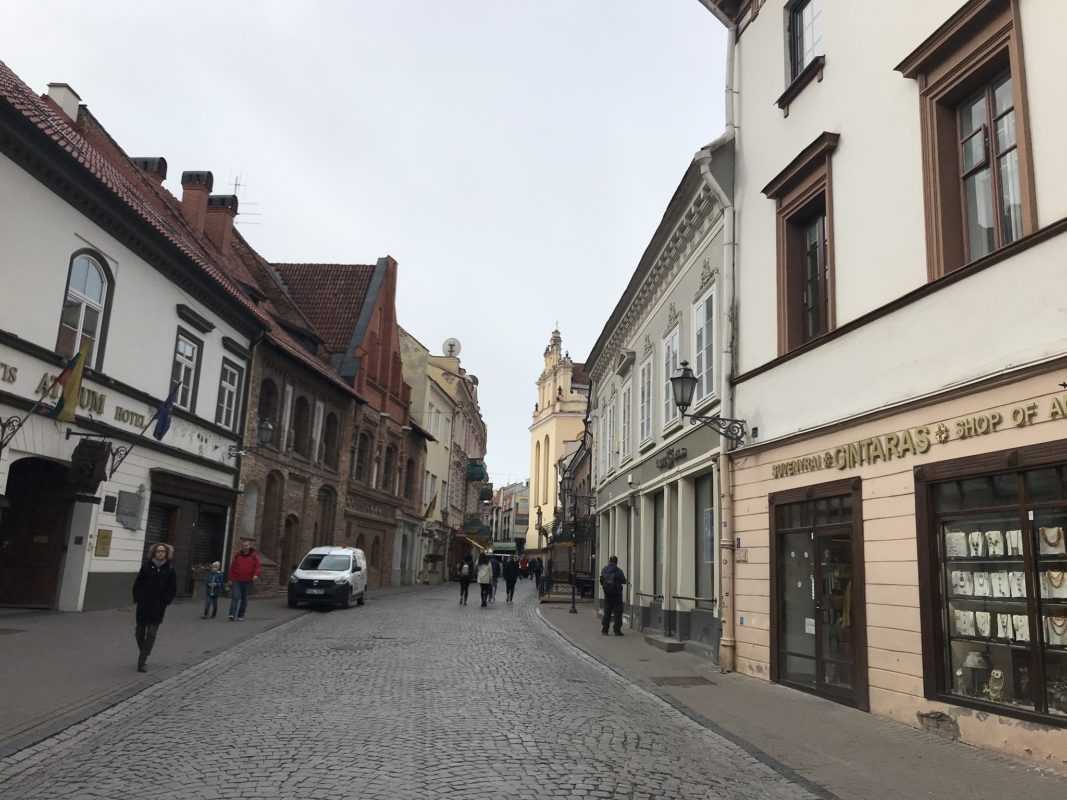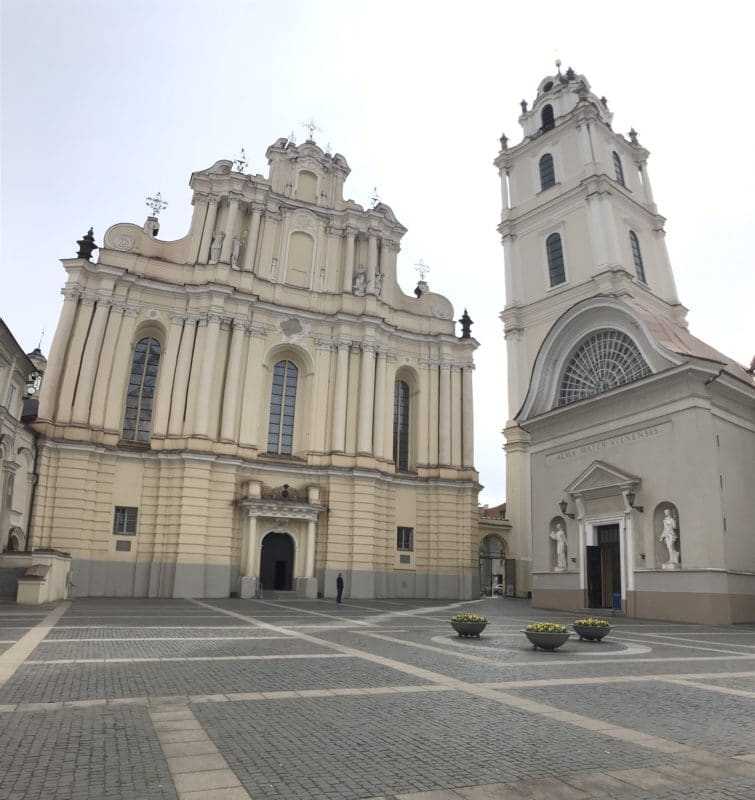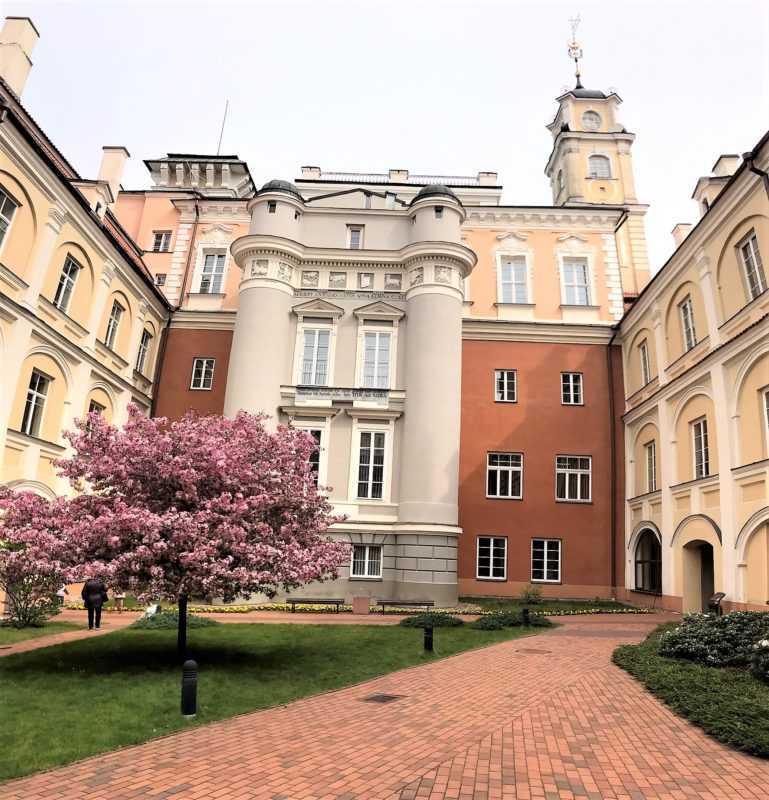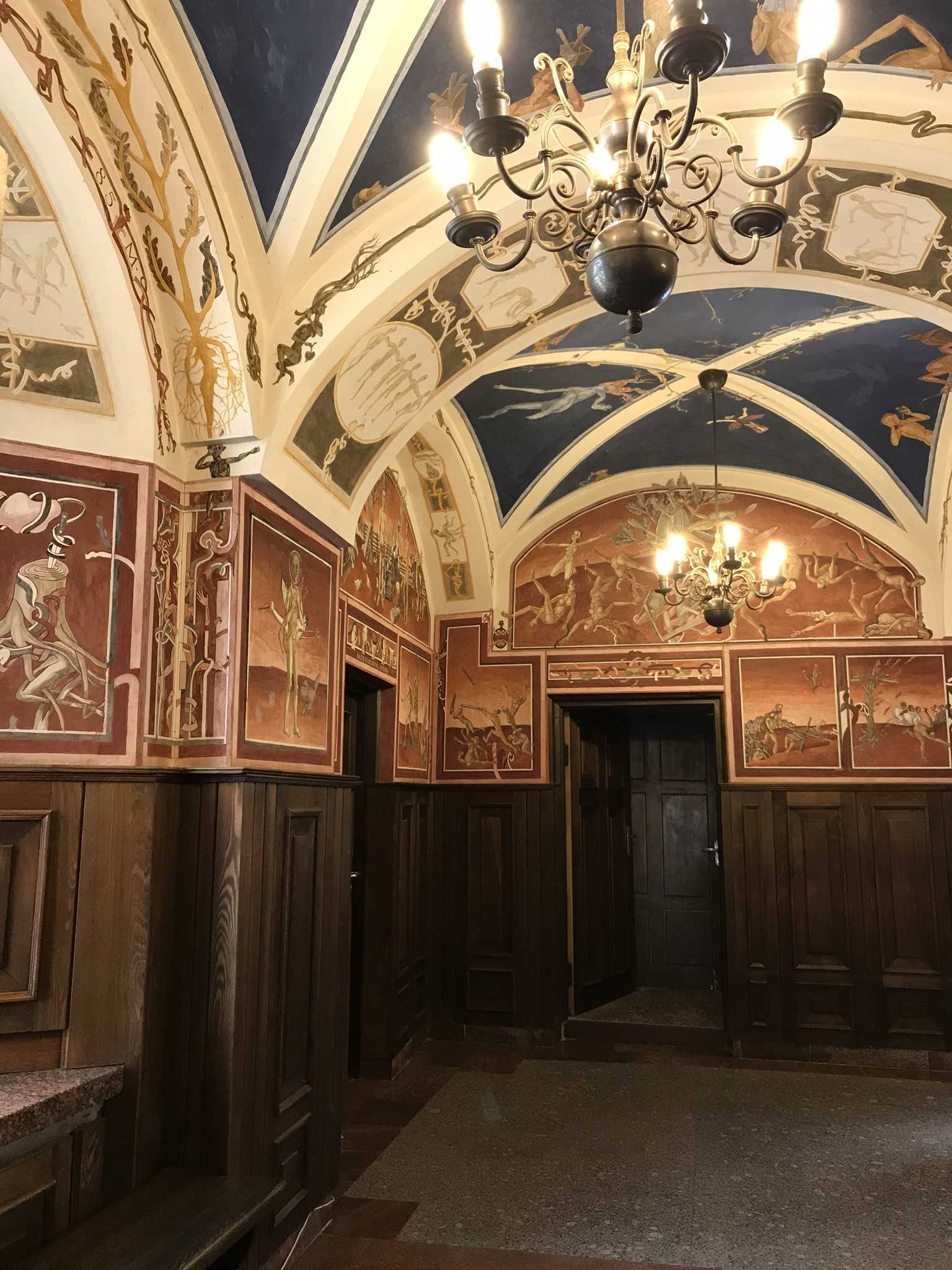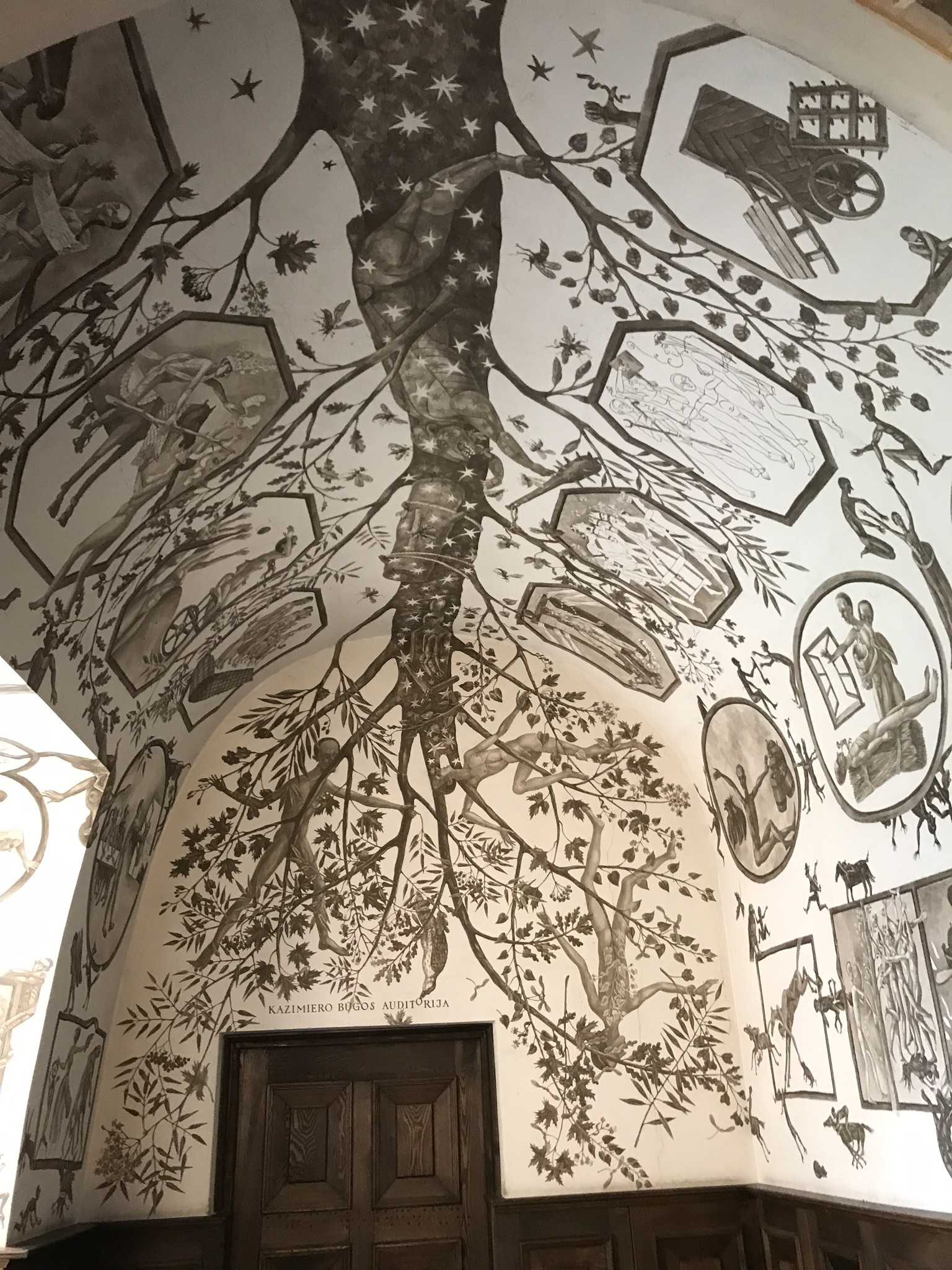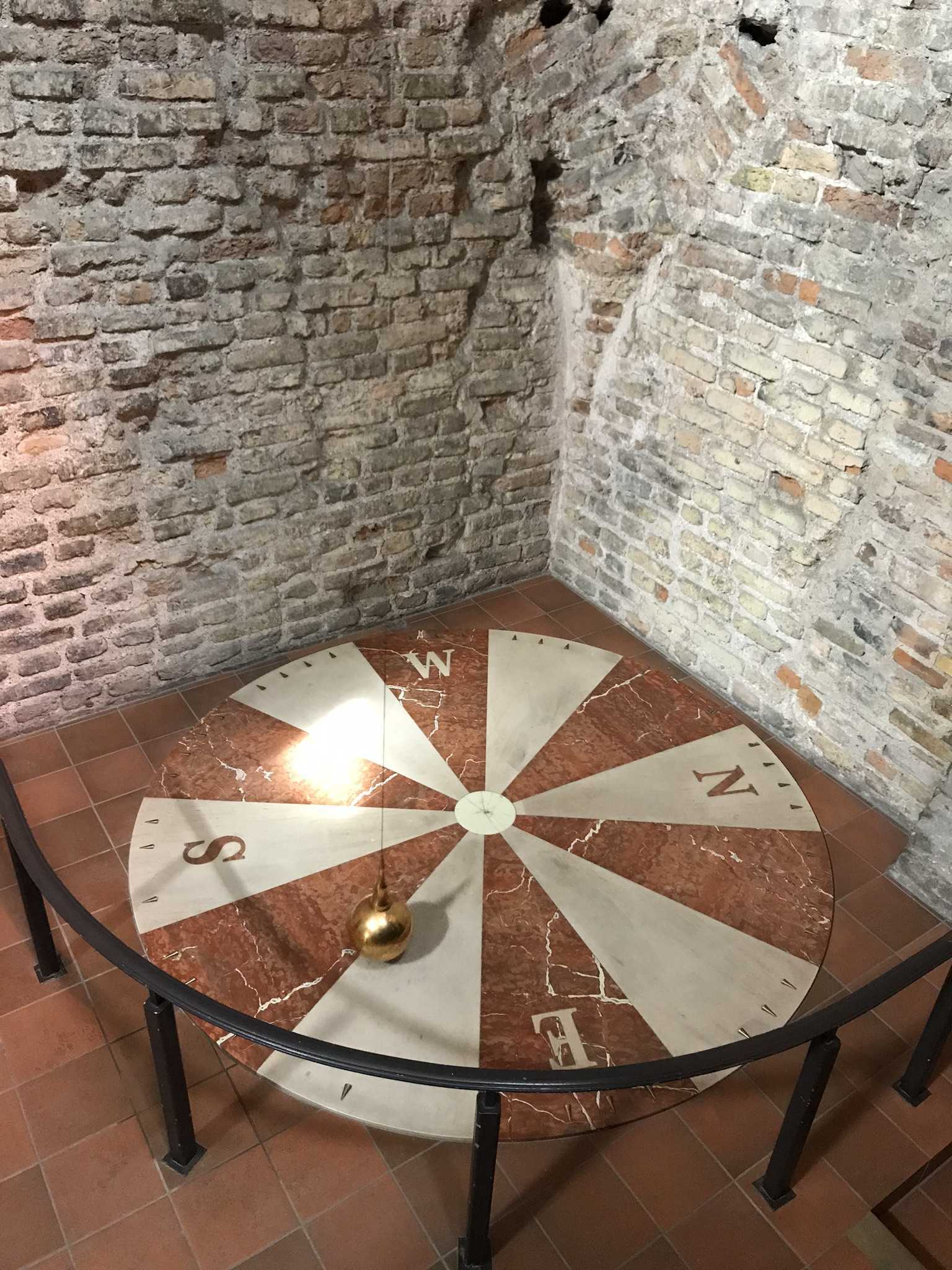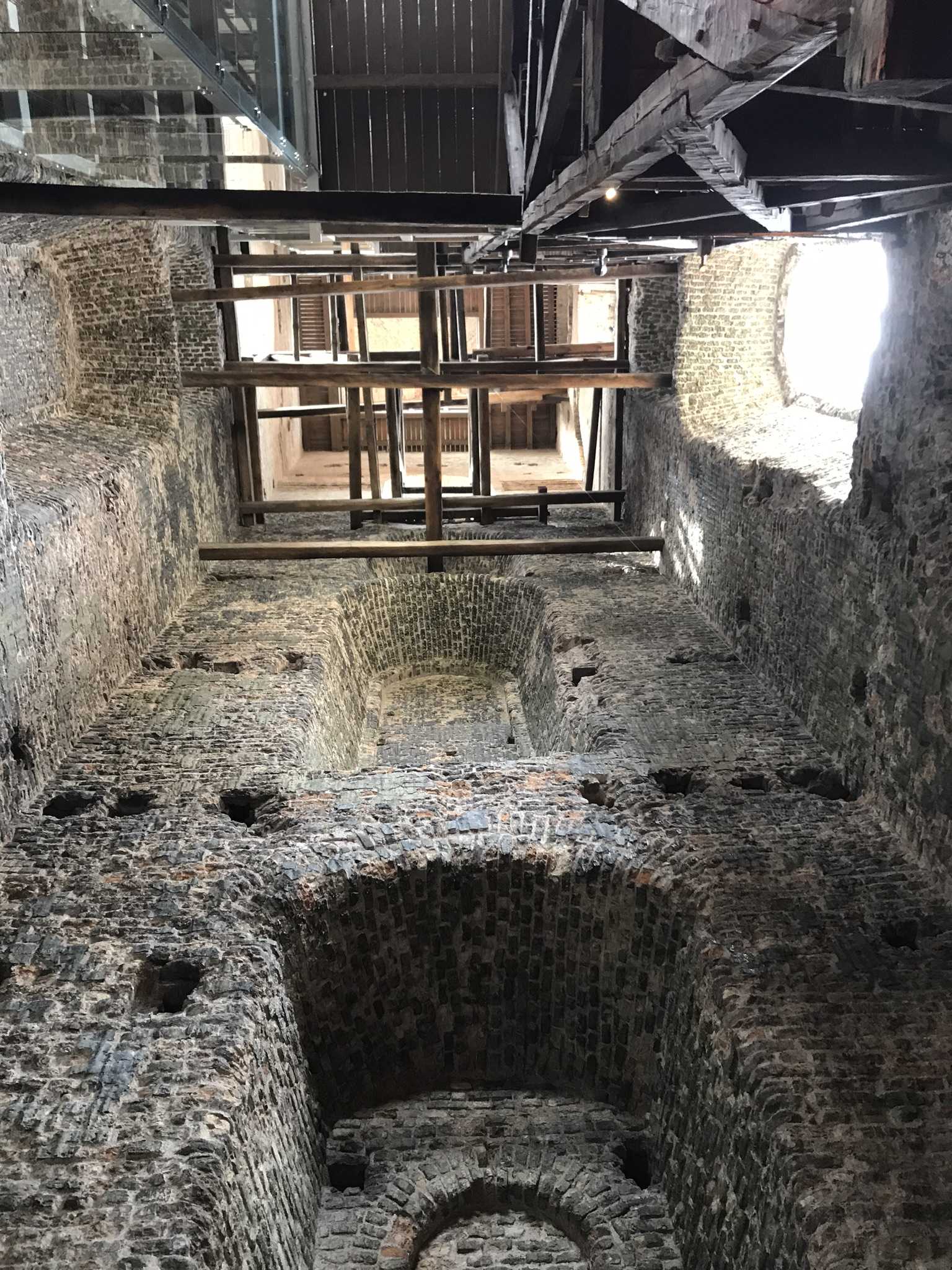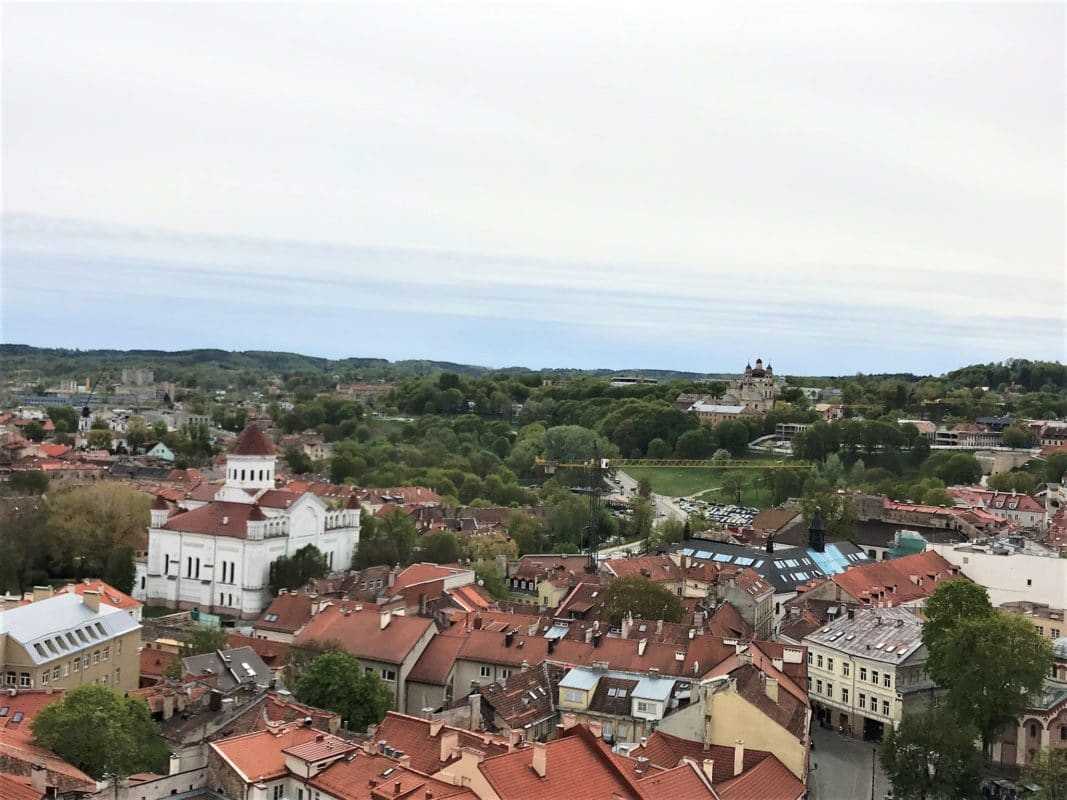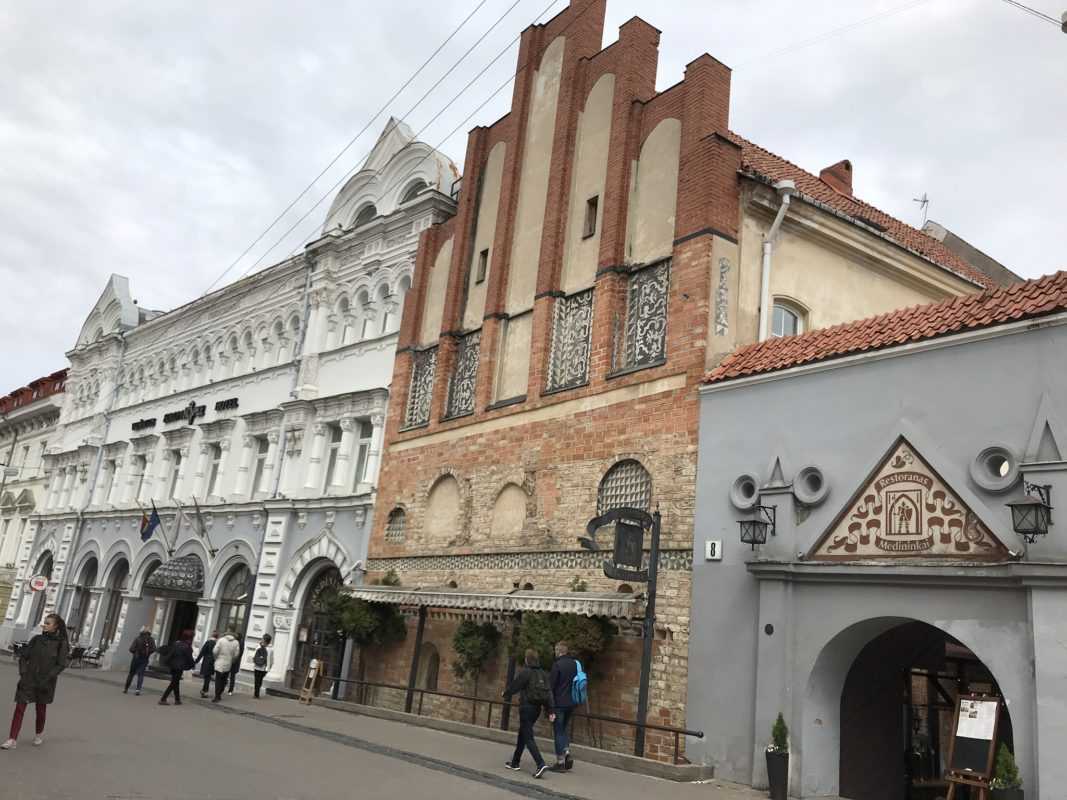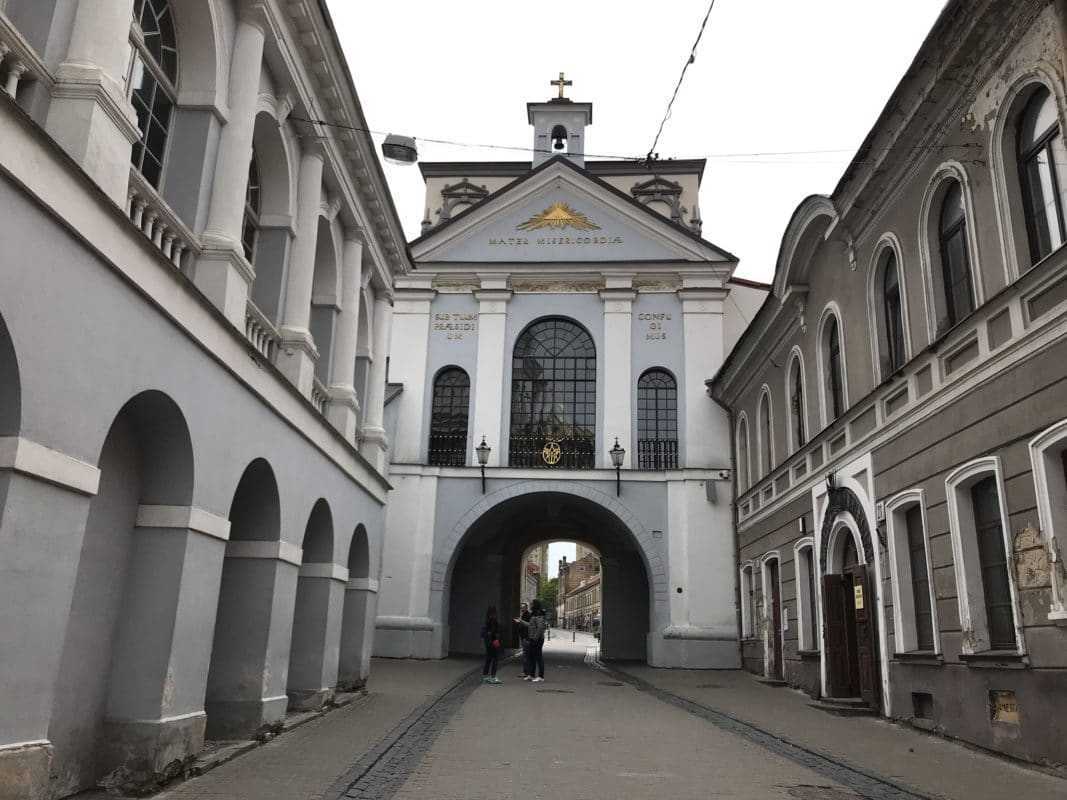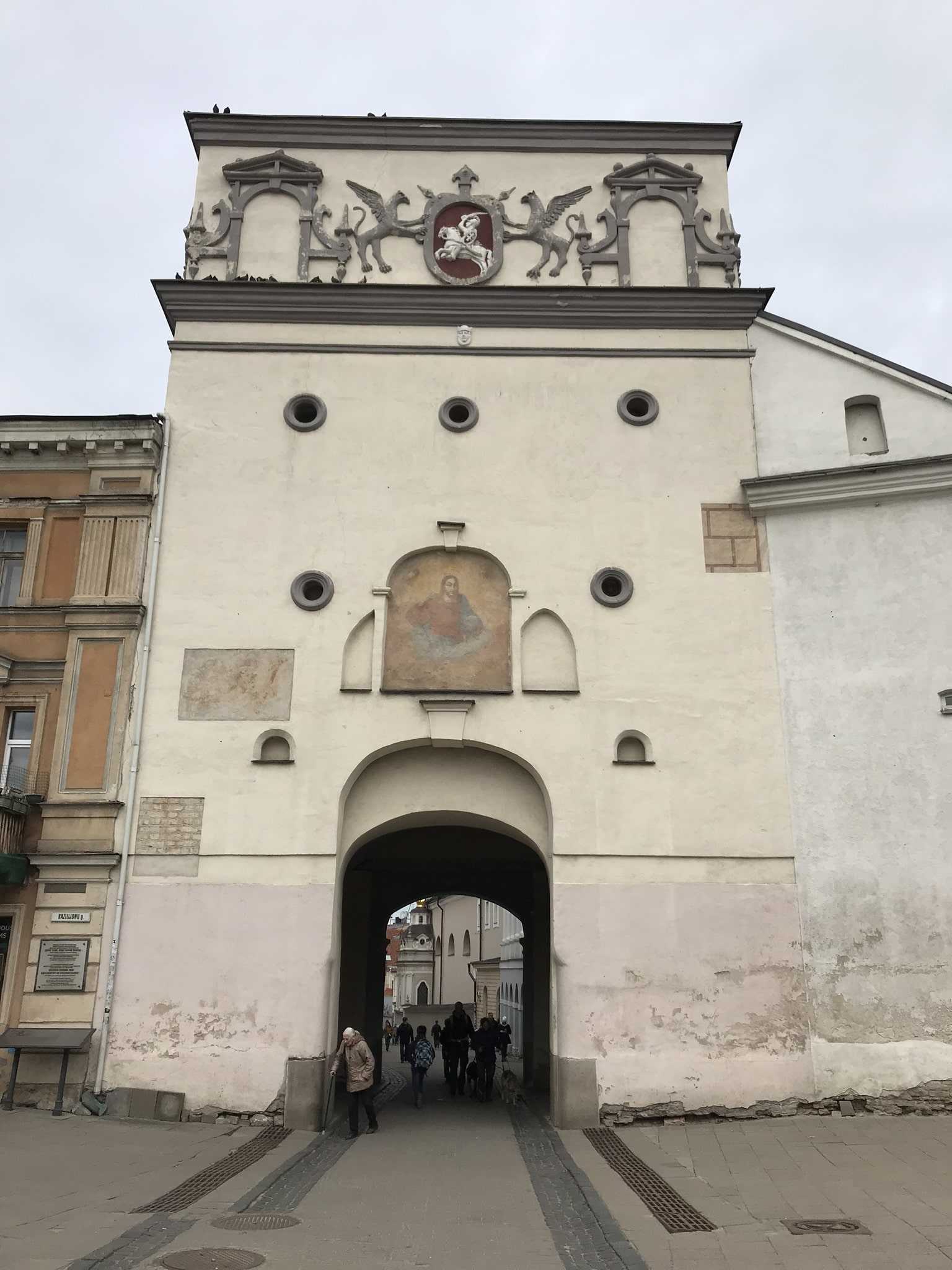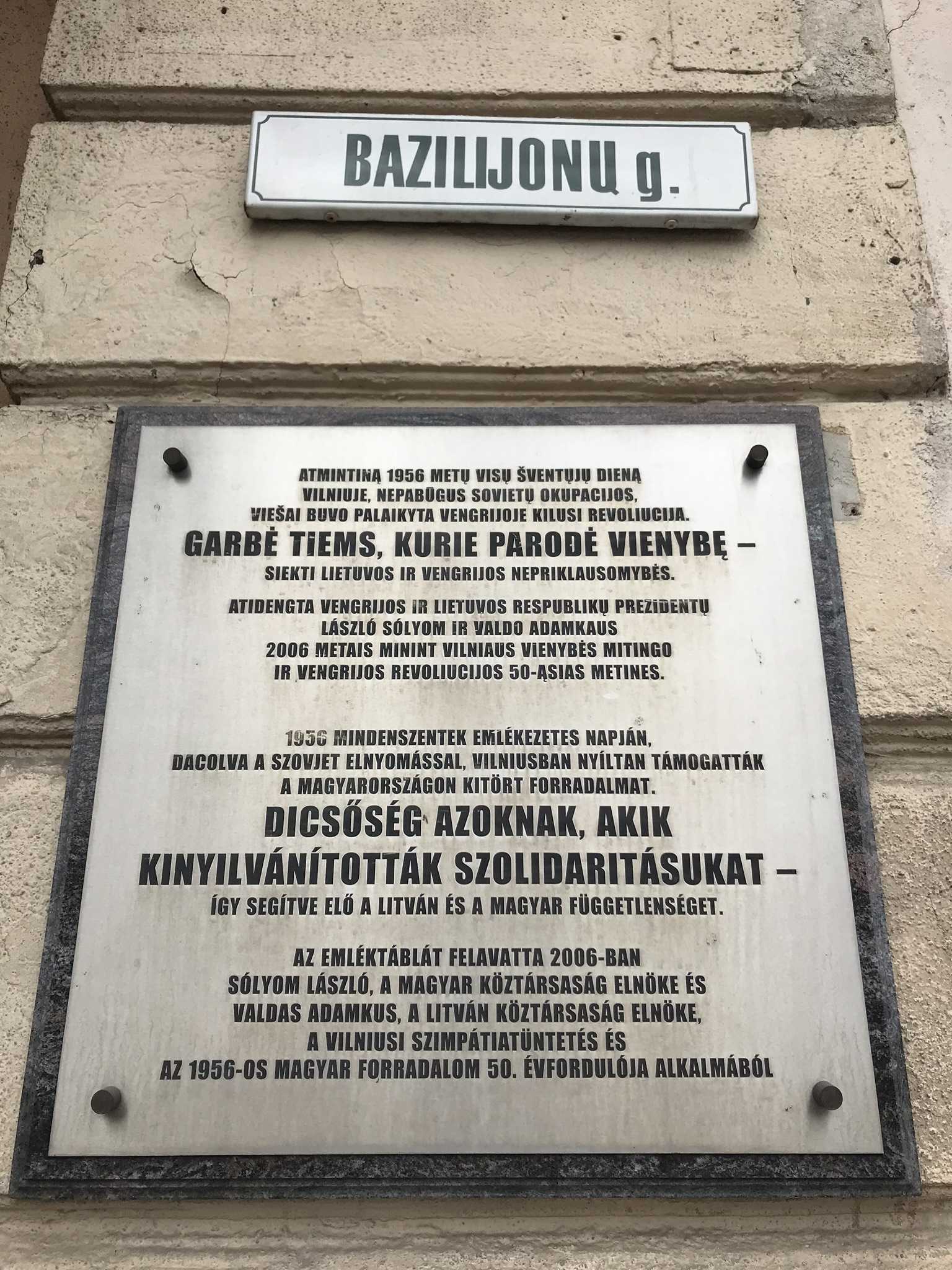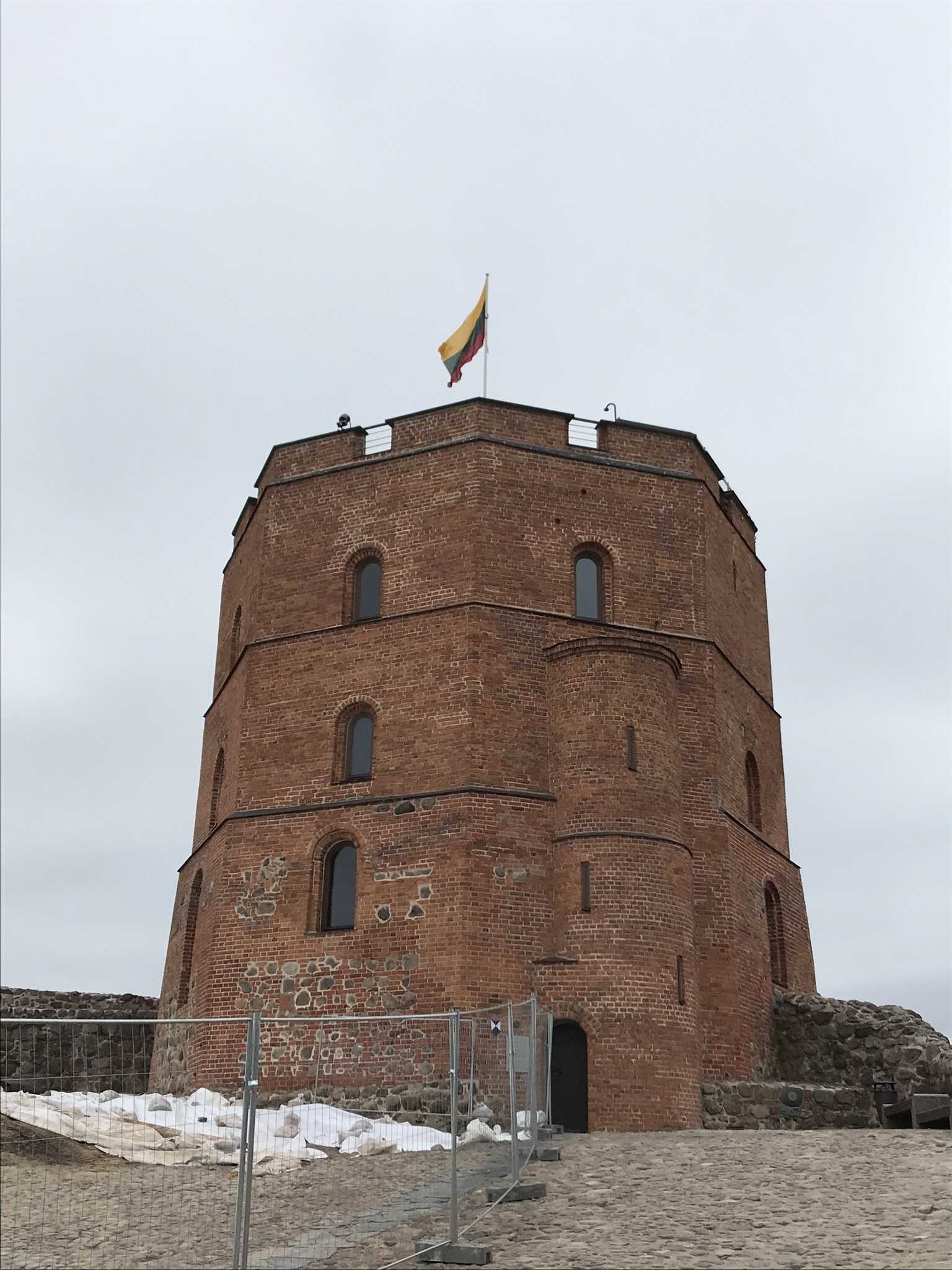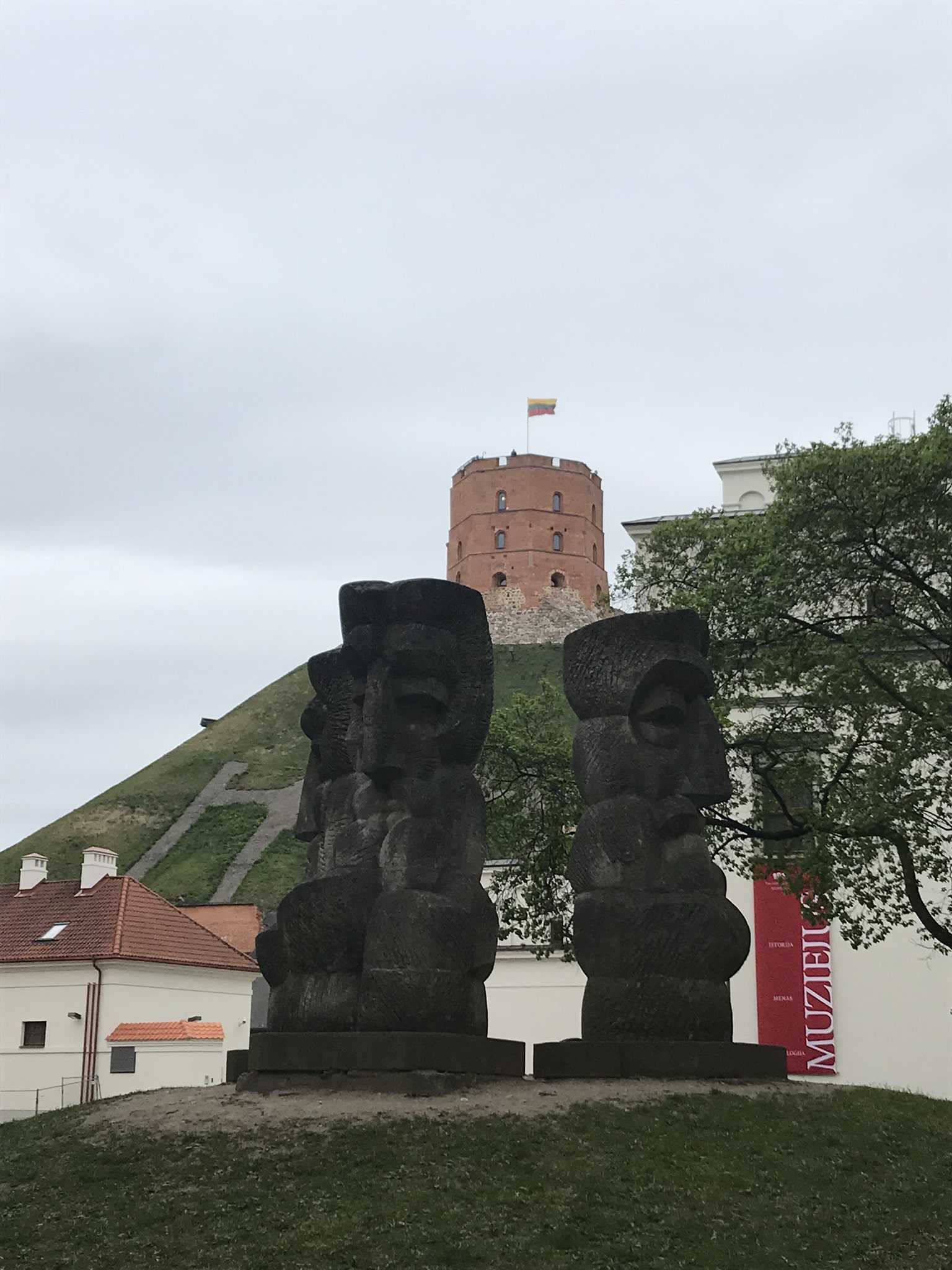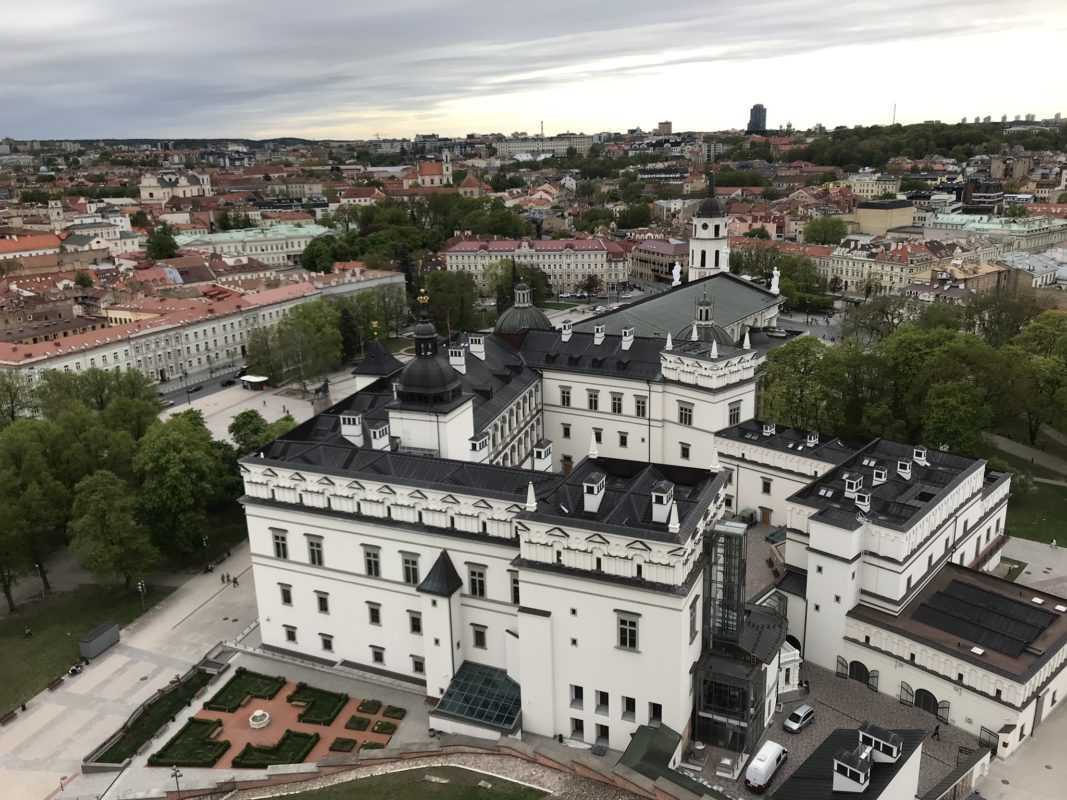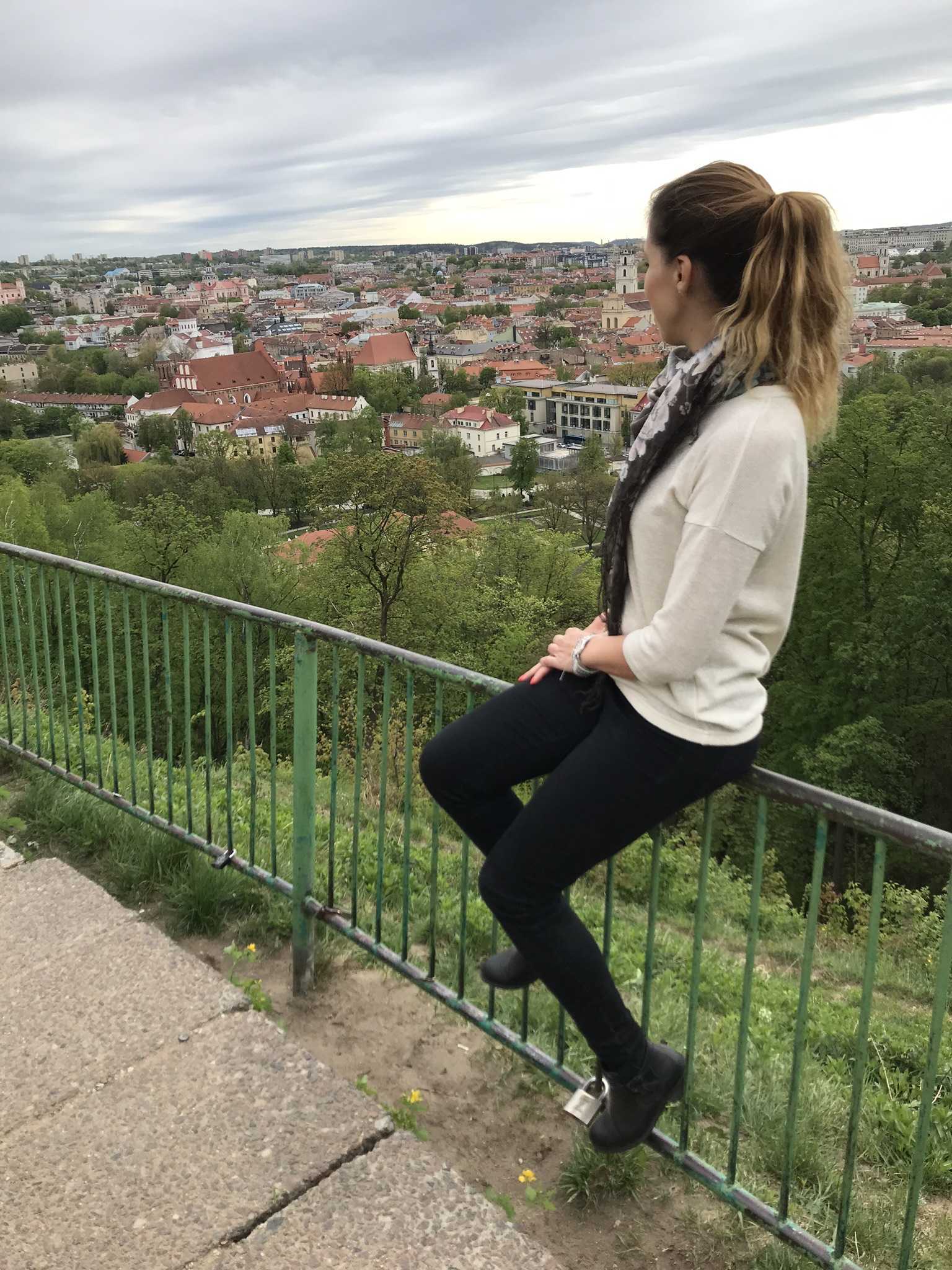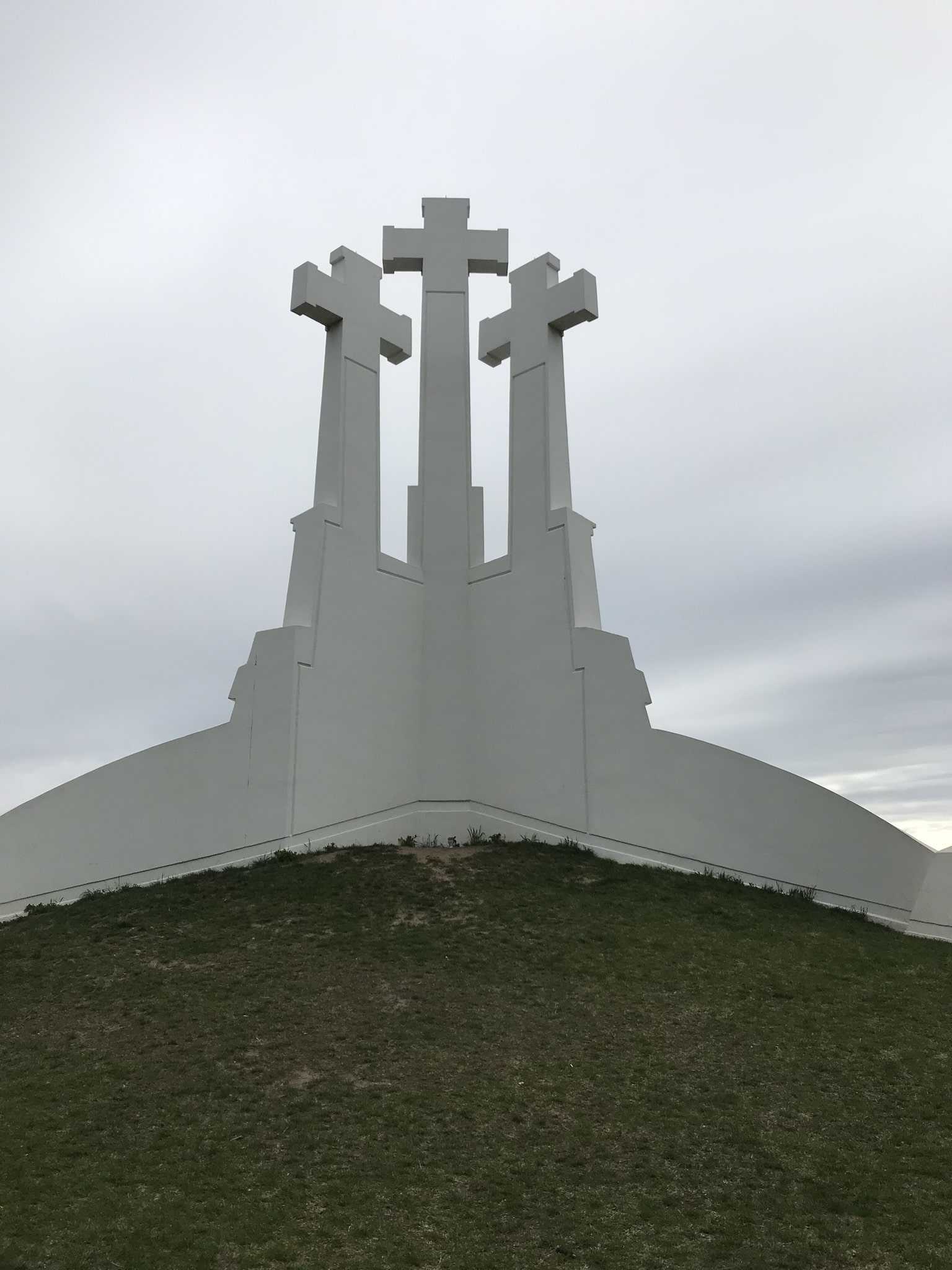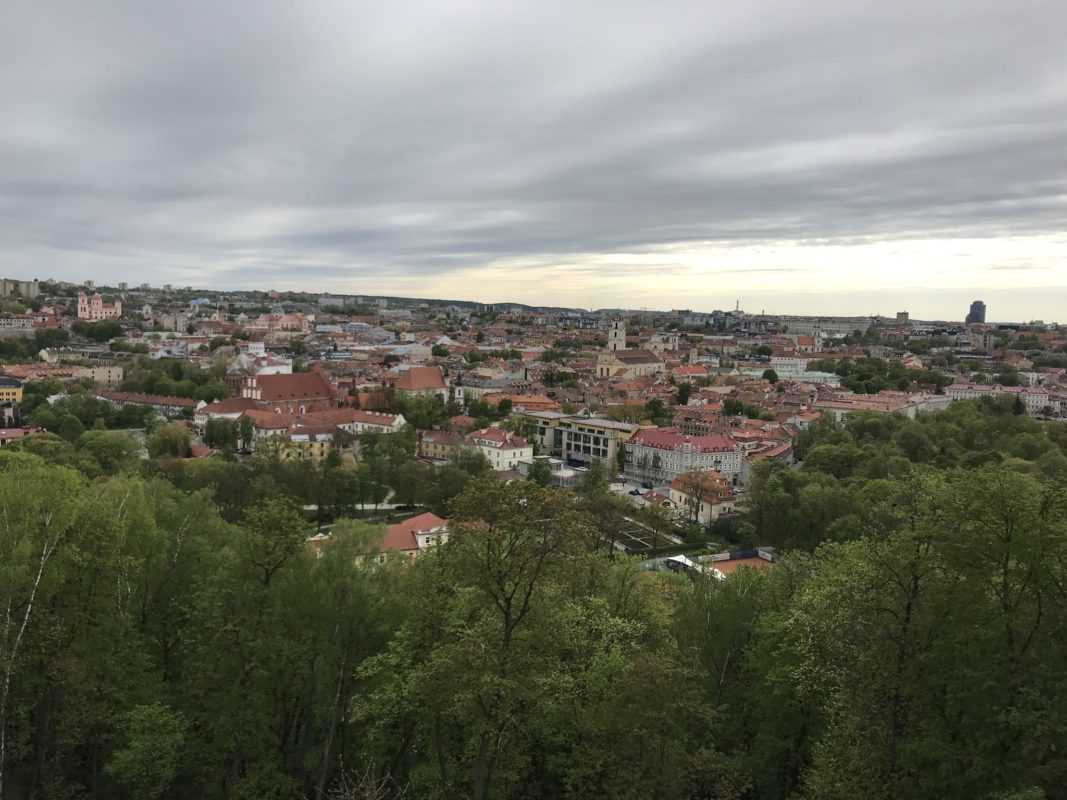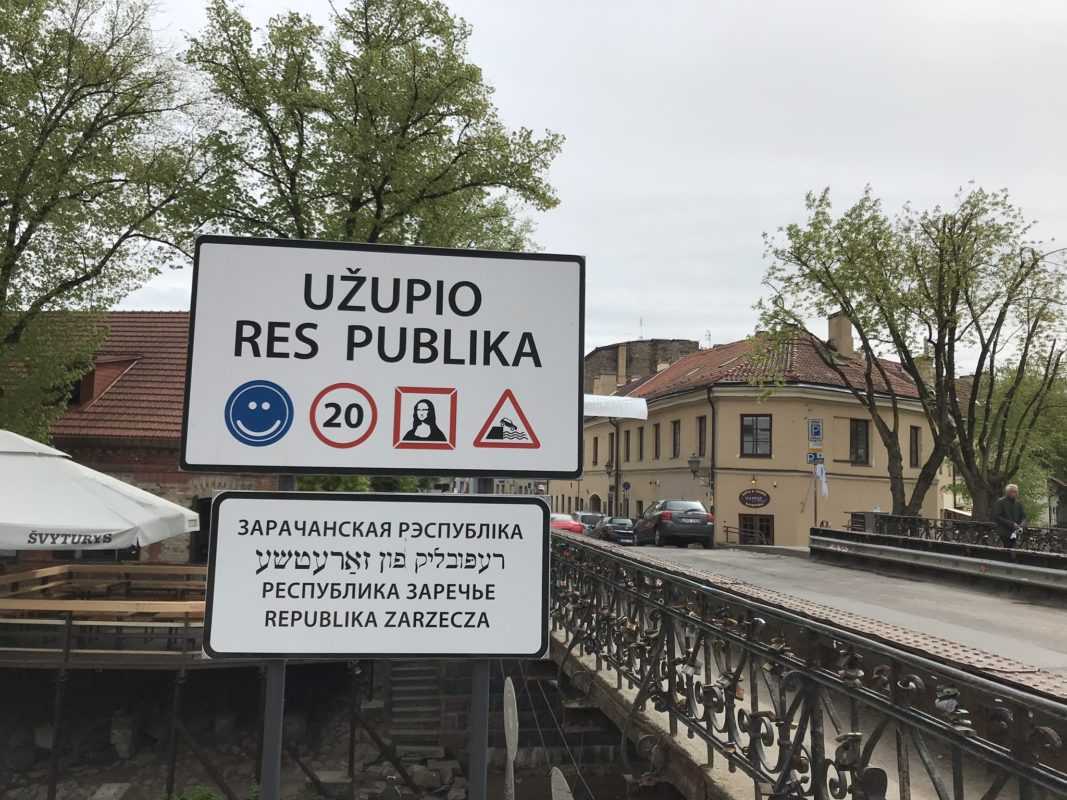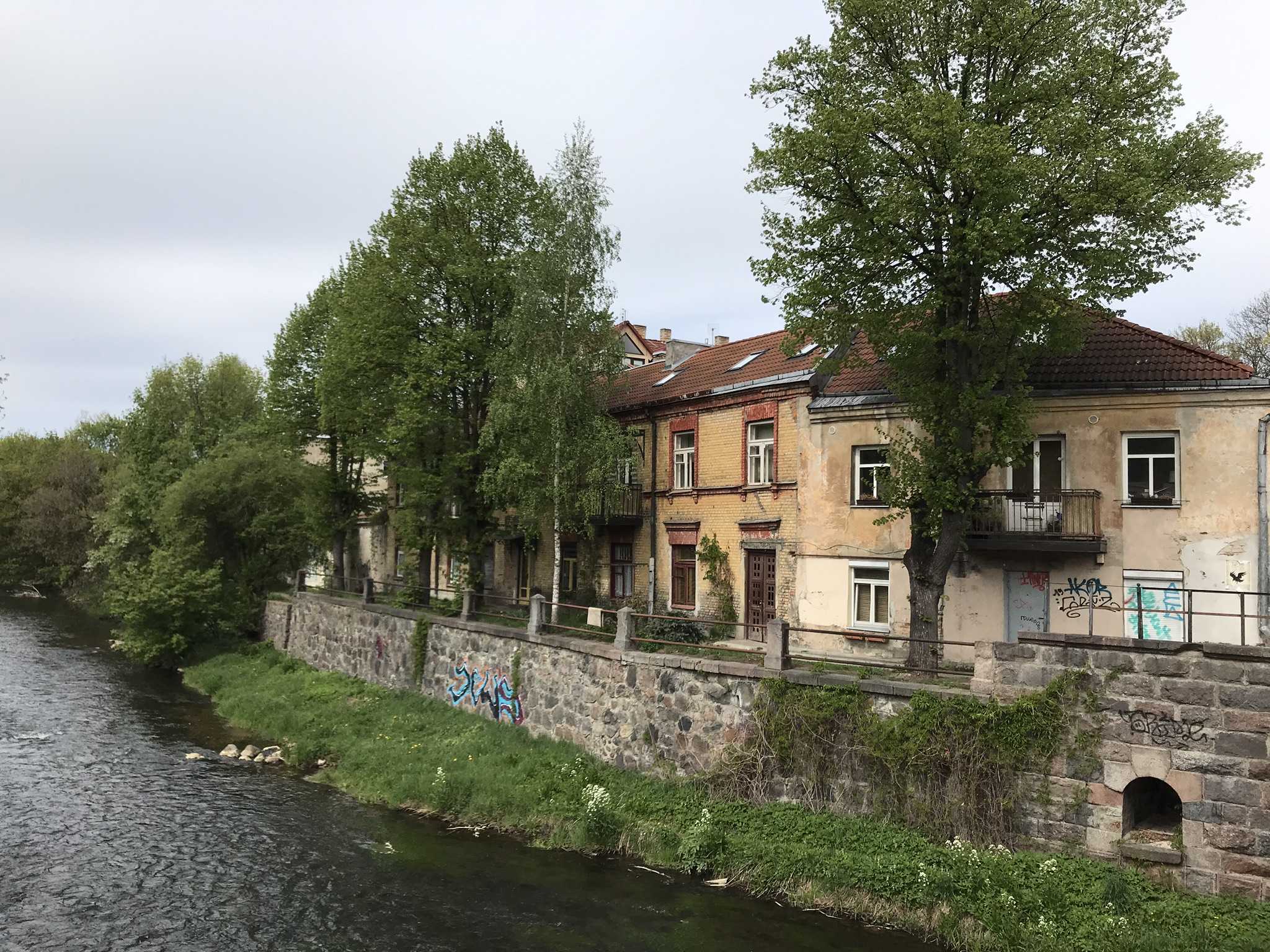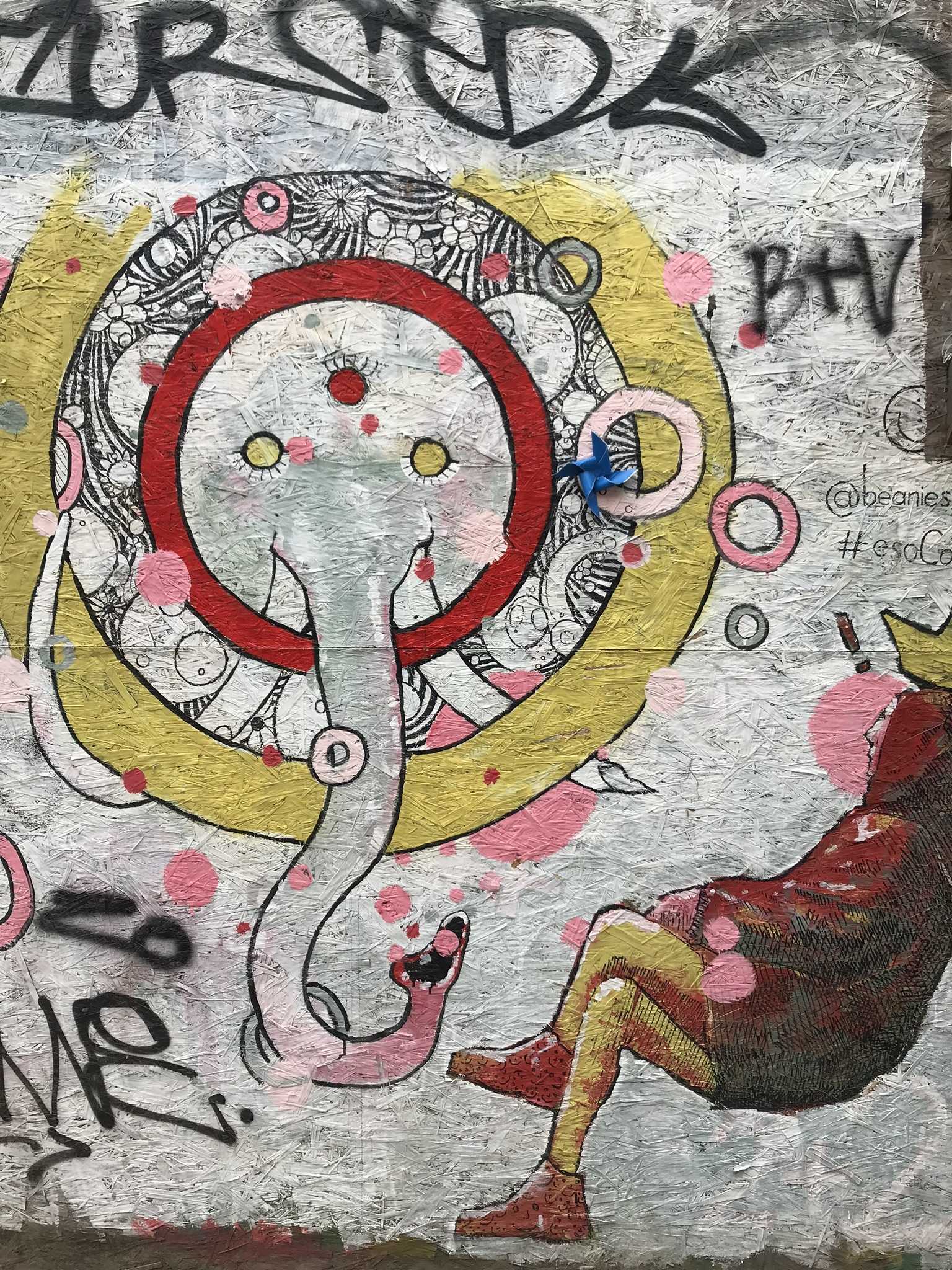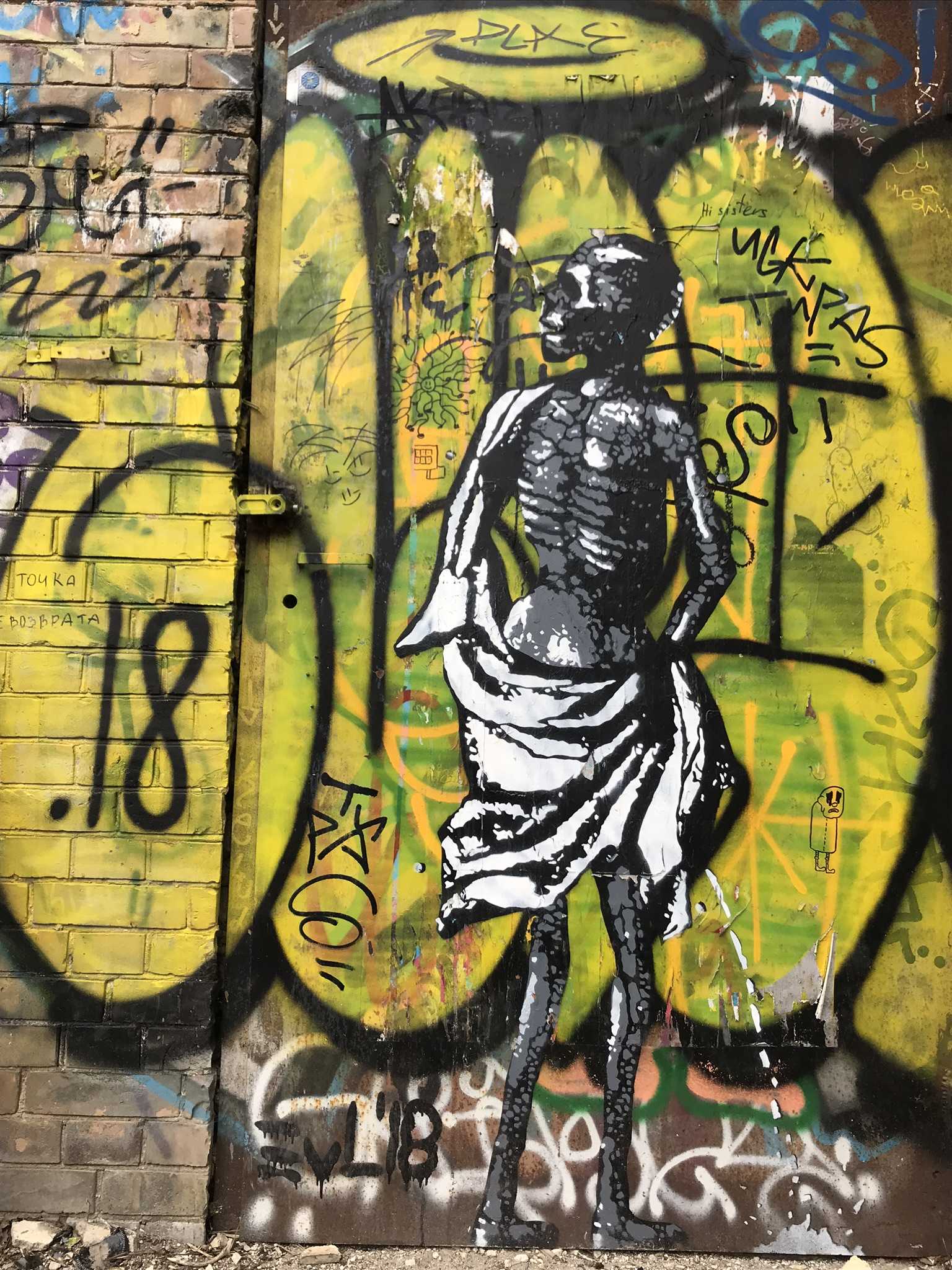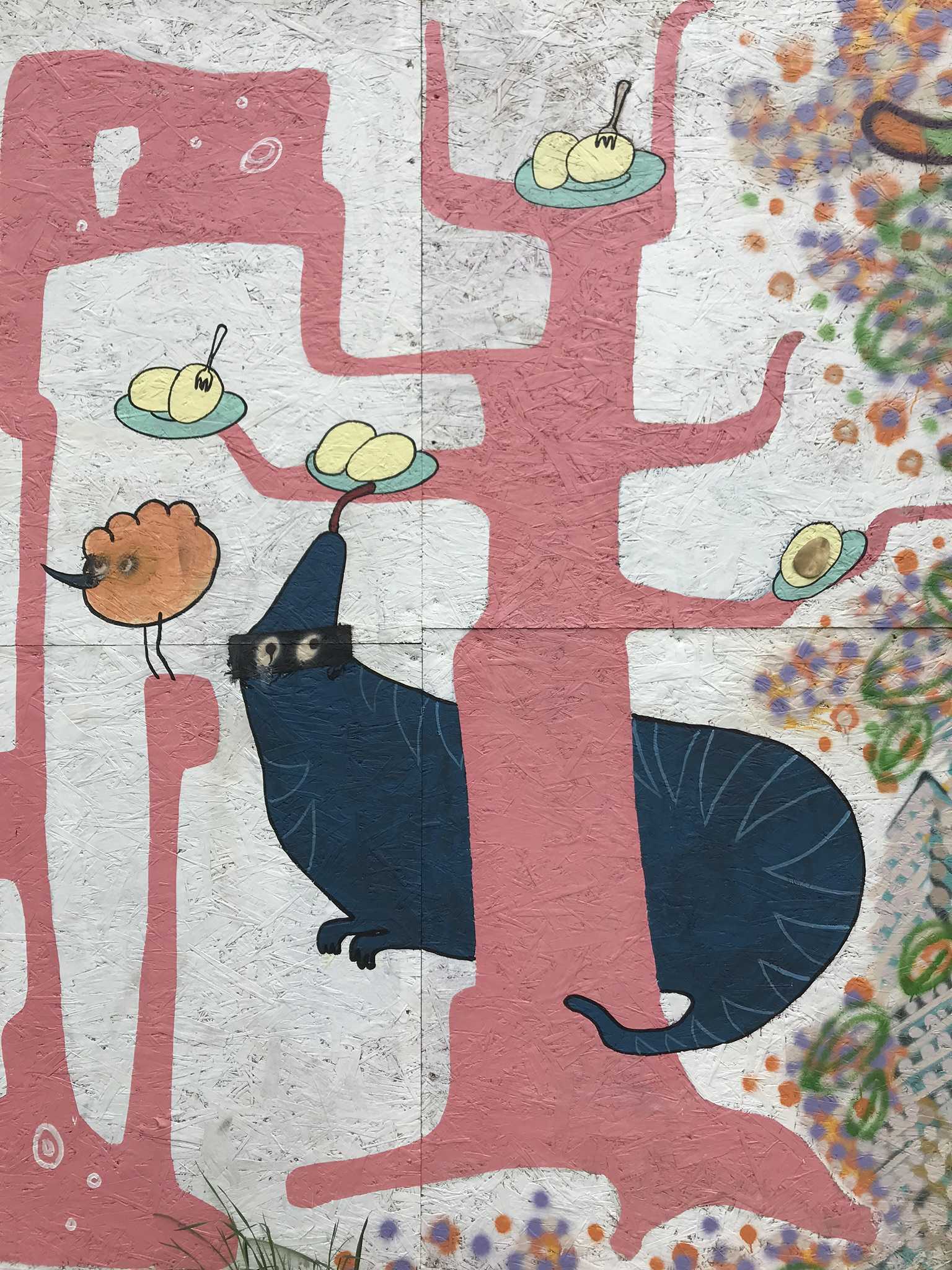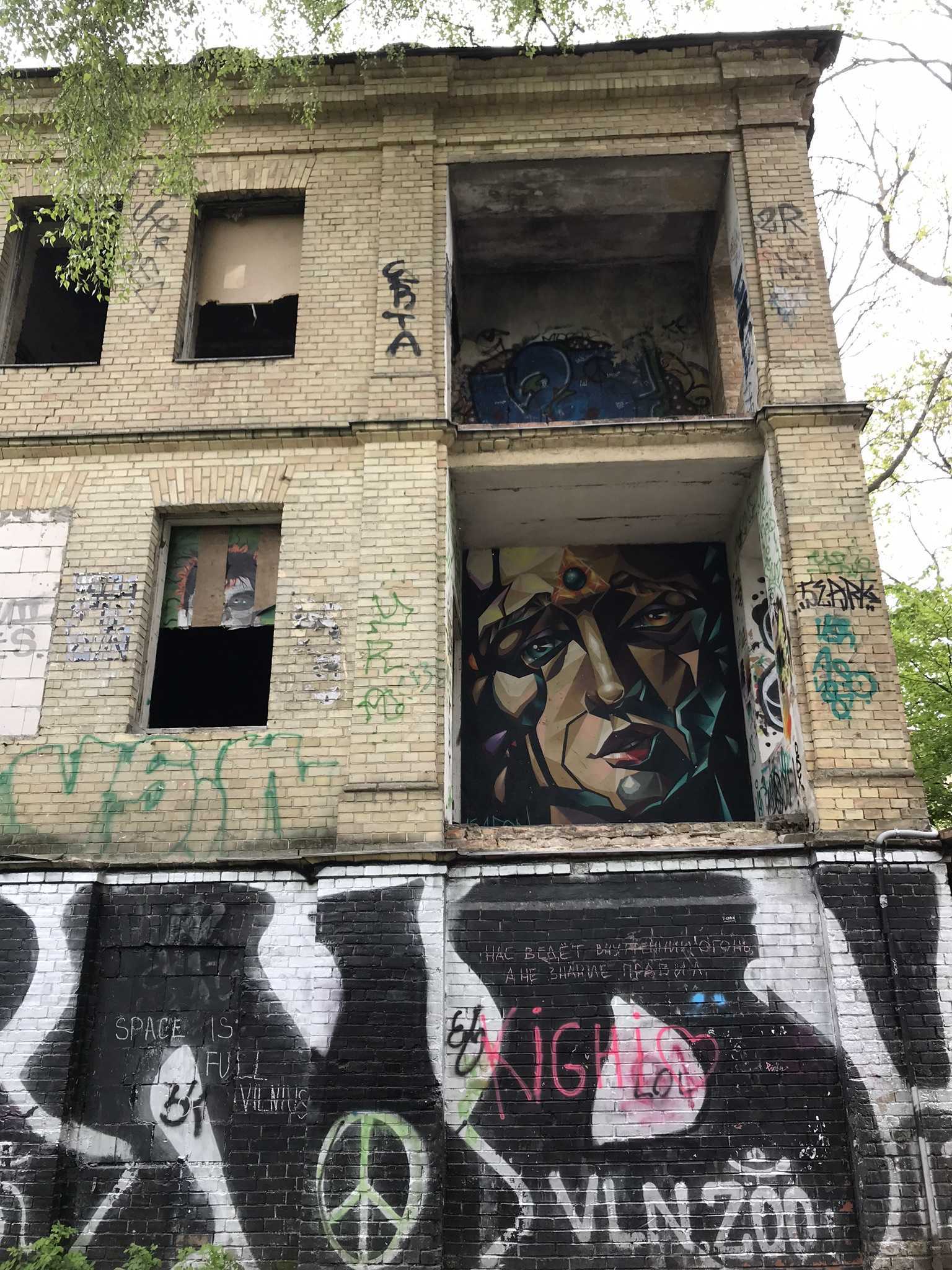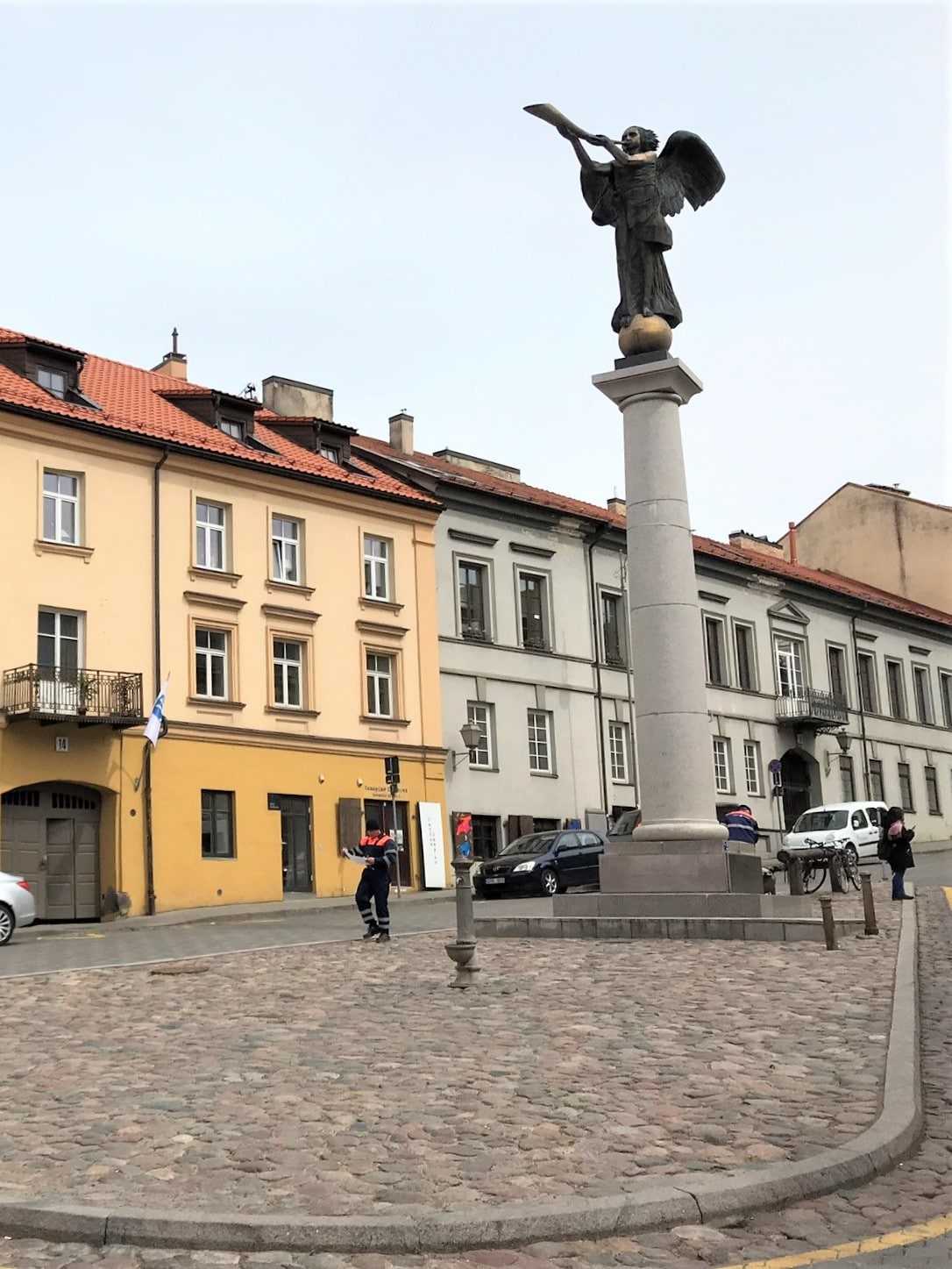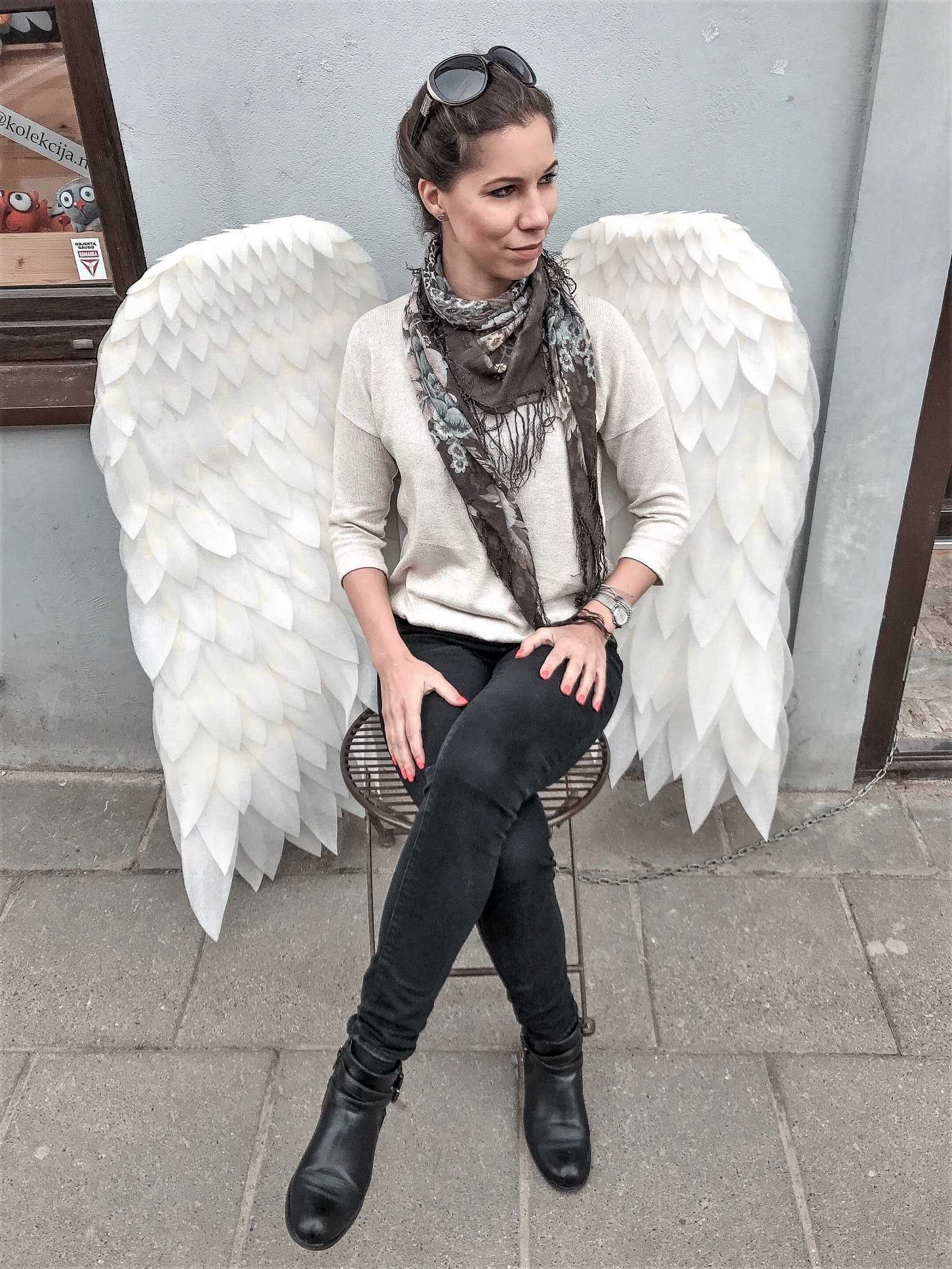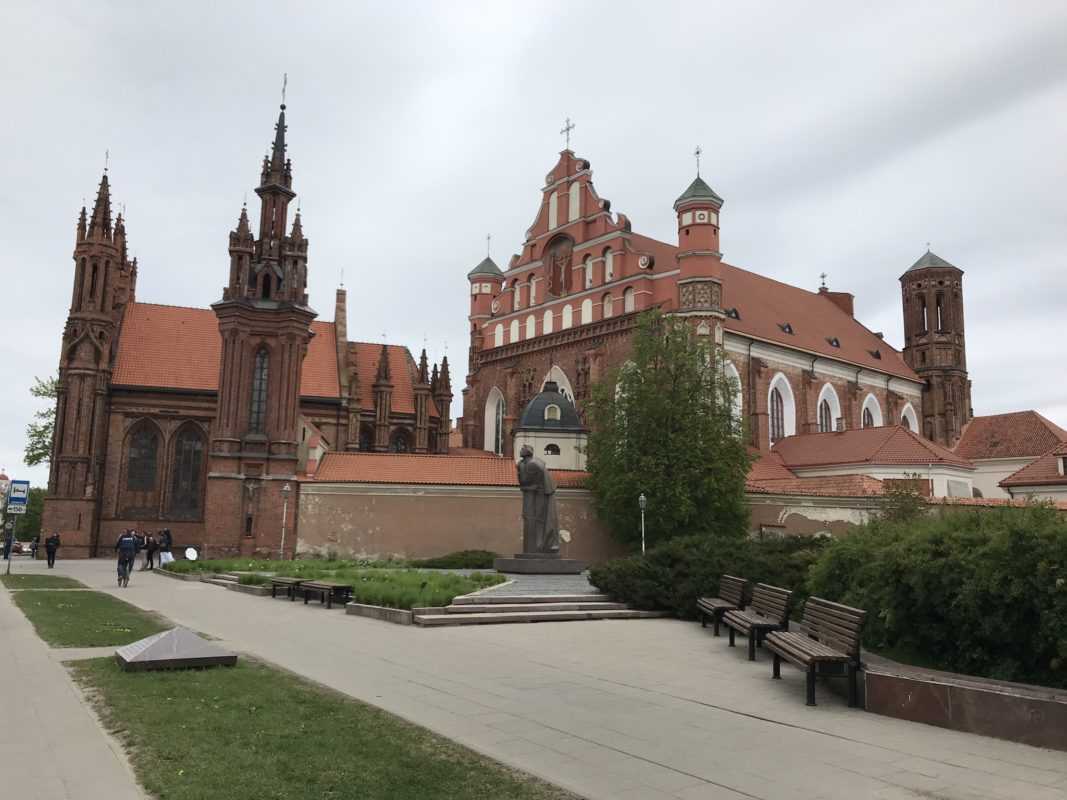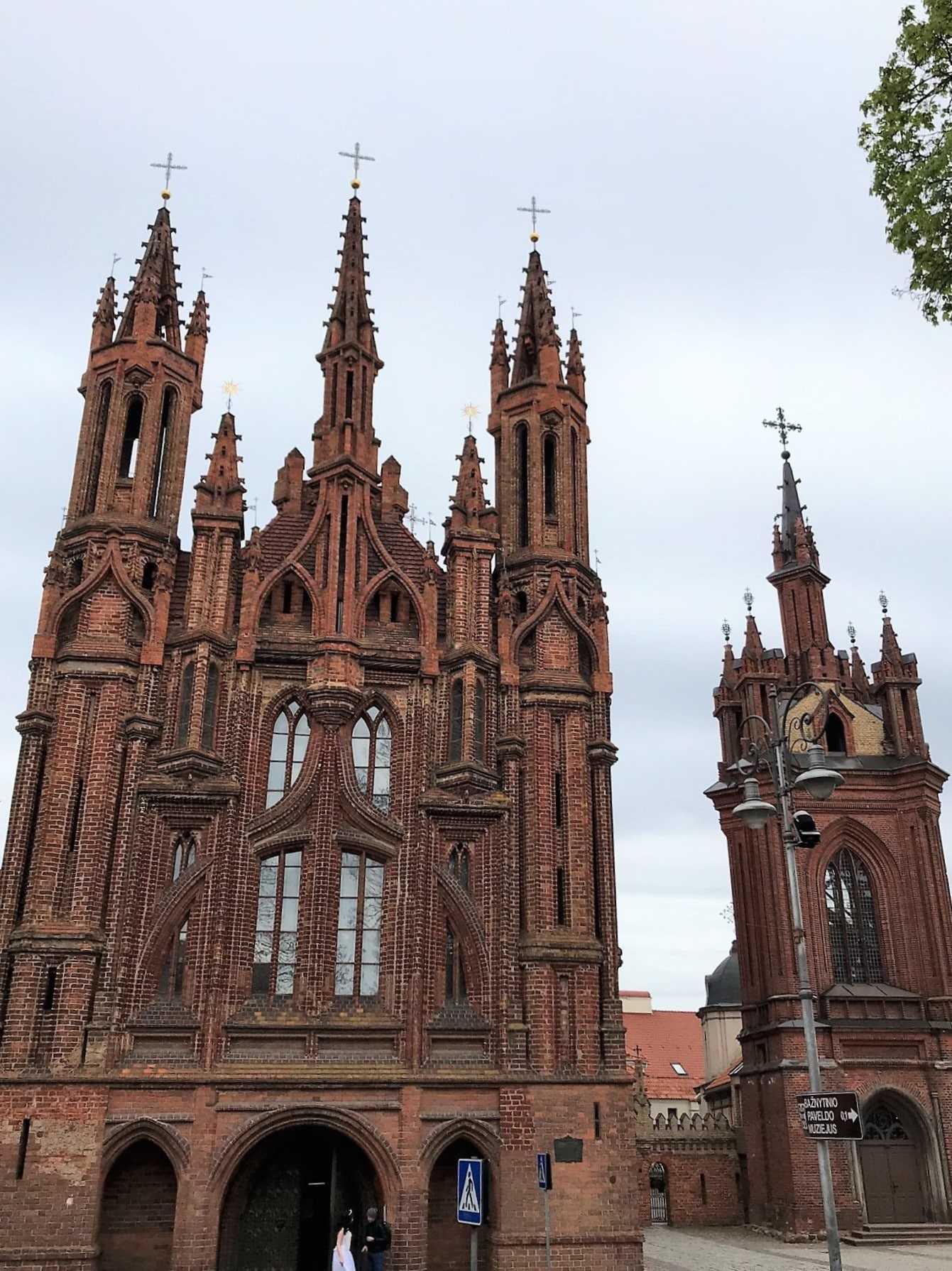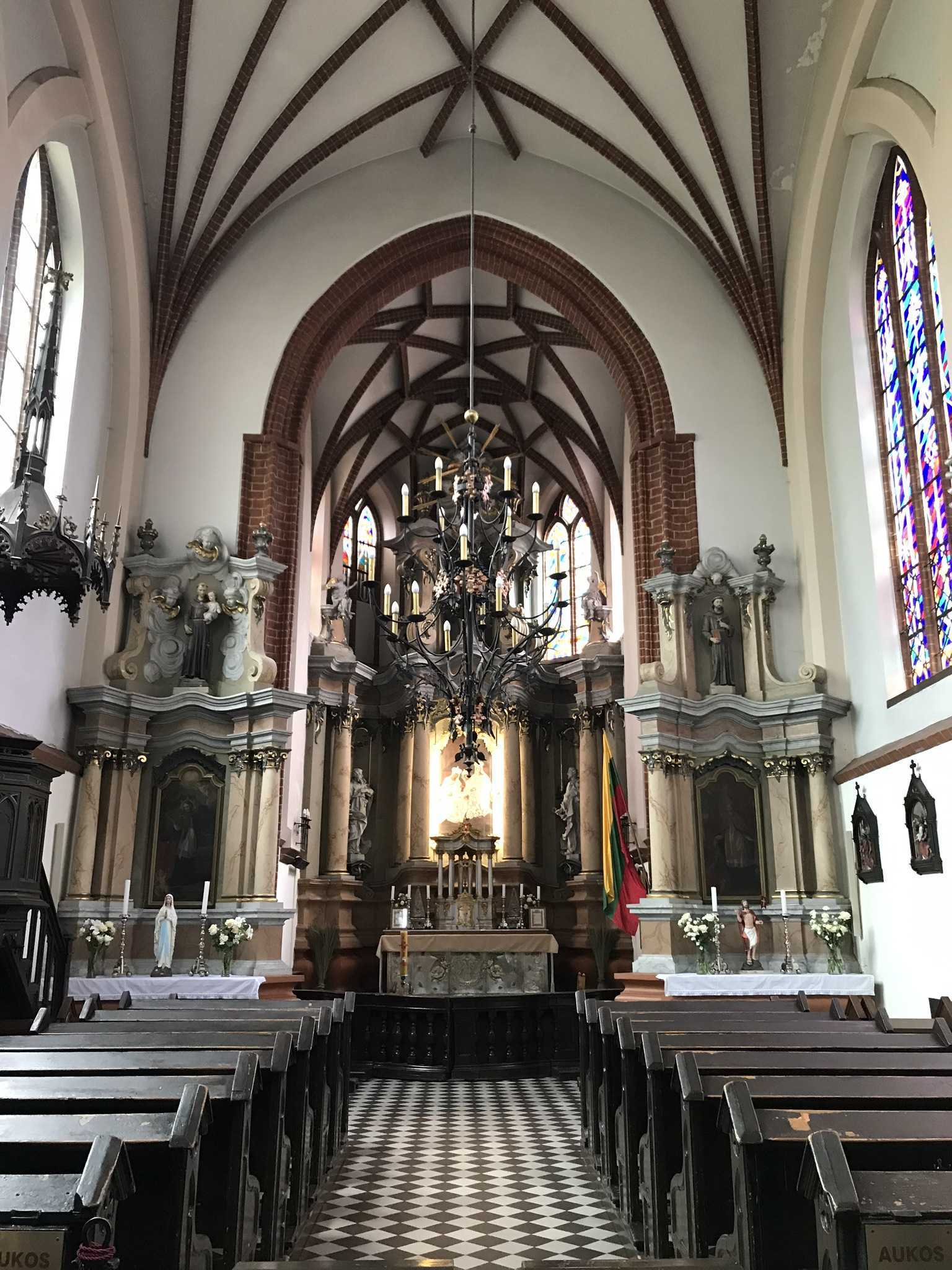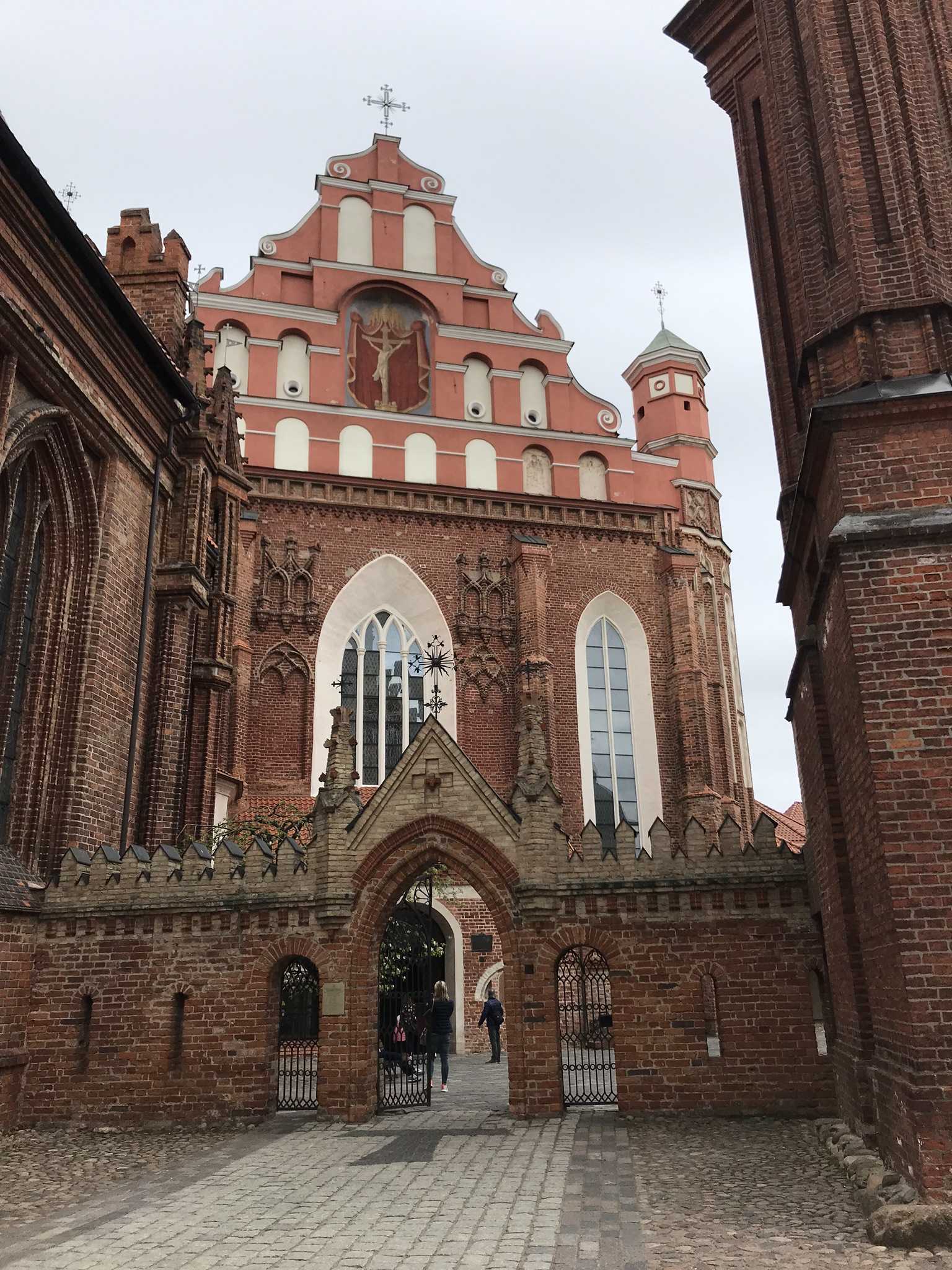Did you know that Lithuania has the oldest history among the Baltic countries? Or that Budapest is a twin city of Vilnius? And what sights of the UNESCO World Heritage old city has? As the last stop of my Baltic tour, I arrived in Lithuania, the capital of the most southerly and largest country of the Baltic, to fall from one surprise to another.
The surprise began when the bus from Riga to Vilnius was delayed by more than an hour, which was not informed to passengers either through the display at the railway station or through the passenger information system. Luckily I asked for an SMS notification when I booked my online ticket, otherwise, I could have chewed my nails off and statuettes on the platform to see where the bus is. In the end, it arrived and start its Europe’s cross trip with the first stop in Vilnius after a four-hour bump.
Our accommodation was located on Geminido Avenue, the main street of the city, which, with its neoclassical buildings, reminded me of Budapest. Maybe it isn’t a coincidence likewise the twin city connection? In a home-like environment, I quickly acclimatized and the next morning I took confident steps to explore the Lithuanian capital.
Cathedral Square and the Dome
On the road leading to the city center, there is a vast square with a snow-white bell tower and the church next to it. The historic significance of the place, also known as Cathedral Square, is that in 1991 the modern Republic of Lithuania was proclaimed here, and on the other hand, many state events and city celebrations take place here.
The cathedral, built in classicist style, with its huge columns and tympanum, looks like the main scene of the Greek deities, but don’t be fooled. The place of the church was once the shrine of the pagan Lithuanian main god Perkünas (he will have a role in another story later). According to religious historians, the church is best seen as a summary of the pagan-Christian world of faith. You can go up to the bell tower for an entrance and admire the view of the city of Vilnius, but I saved this option for later.
Old town
There are many monuments in the old part of the city, which includes 70 streets, dating back to the 13th and 18th centuries. The Gothic, Renaissance and mostly Baroque architectural style private barrel complexes made Lithuania’s Old Town a UNESCO World Heritage Site. Walking along the cobbled street you will find a pleasant mixture of modern and old. The breakfast place in the bookshop fits well next to the shops selling old churches amber stones.
The latter jewel, by the way, is extremely popular in the Baltic States, but especially in Lithuania, and is linked to a legend. Once in the depths of the sea lived a siren woman, Jüraté, who was half-human and half god. Seeing her legendary beauty, everyone immediately fell in love with her. For her graces, the Balkan god Perkünas fought too, but the siren woman eventually chose a poor fisherman as her companion. Perkünas became very angry and destroyed the underwater palace in revenge. Its pieces according to legend, are amber stones. So if someone chooses Lithuanian amber, remember how limitless and destructive love can be.
Vilnius University and St. John’s Church
The two are integrally related, as the church stands in the courtyard of the largest and oldest university in Central Europe, which, by the way, has a Hungarian connection too. The university was founded by István Báthory, our Transylvanian prince in 1579 and many famous Nobel Prize-winning writers and poets have worn out university benches here, such as Česlav Miloš and Adam Mickiewicz.
The university’s wide-spread buildings and courtyards hide many interesting and beautiful sites. Such as the astronomical courtyard, where a cherry tree is blooming, or the auditorium on the first floor that offers surreal frescoes of folklore life. Not mentioning St. John’s Church, which interior structure is quite amazing.
Visitors are greeted in the church by a Foucault pendulum, and a lift, that takes them all the way to an altitude of 68 meters and to the highest point of Vilnius. This is the best point from where you can admire the magnificent panorama in Vilnius. The church and the university can be viewed with a separate ticket. Make sure you don’t miss these places out.
Gate of Dawn
The road to the Gate of Dawn is lined with beautiful Gothic buildings, among which stands out the 15th-century graffiti-decorated house, and soon the greyish-blue city gate pops up at the end of the street.
Among the castle walls and medieval gates surrounding the Old Town of Vilnius, this gate remained the Dawn Gate, which, in addition to being beautiful, is of outstanding importance from a religious point of view. There are three churches (Orthodox, Catholic, Greek-Catholic) near it and is the most famous pilgrimage site in the Baltic.
Another special feature of the gate is a sign in Hungarian, which is placed on the outer wall of the Gate of Dawn in memory of Lithuanian solidarity in connection with the 1956 Revolution and the War of Independence.
Geminidas Tower
Theoctagonaltowerisnamed after the great head of Lithuanians, Geminidas, who, thanks to his successful policy in the1300s, defended the country against attacks by the German knights’ order and even pushed the country’s border to what is now Ukraine.In honor of the prince, this tower sands on one of the highs of the city, who, by the way, moved its headquarters from Trakai to Vilnius, making it the capital of the country.
The Geminidas Tower served for a long time for protection purposes, but there was also a café and even a telegraph in the past time, and today it houses the Museum of Local History. Since Lithuania’s independence in 1991, the national flag has been flying constantly at the top of the tower.
Hill of Three Crosses
From the top of the Geminidas monument you can clearly see the Hill of Three Crosses, which can be approached from Mount Bekes (named after Békés Gáspár, an influential adviser to Prince János Zsigmond) or from the bridge across the Vilna River.
We, of course, used the harder way to climb the stairs that are carved into the hill. According to the legend, in the time of paganism, seven Franciscan monks came to the city as converts. They were not welcomed with opened hearts and were crucified followed by further three brothers. The memory of this is preserved by the three great white stone crosses, which are worth visiting not only because of the view.
Uzupis
This special quarter still belongs to the old town and is a World Heritage Site, but still lives a separate life. From the 15th century on the banks of Vilnia river, this part of the city became a popular residence for Belarusian, Russian artisans, and later for Jewish families. After World War II, the Uzupis district was completely depopulated and the 200-year-old buildings were destroyed.
In the second half of the 1990s, painters and artists moved here, covering the ruined buildings with colorful drawings and street art, and then proclaiming the Republic of Uzupis as part of their cultural identity. They have their own hymns, constitutions, churches and even cemeteries.
One of the symbols of the part of the city is the angel statue in the main square, which proclaims freedom of the arts, in addition to the colorful graffiti drawings. It is worth taking a walk in the bohemian quarter of Vilnius, sit down for a coffee or relax on the street, even in the image of an angel.
St. Anna’s Church
St. Anna’s Church stands near the Uzupis quarter is one of the most beautiful works of late Gothic (flamboyant). Not only in the city, but throughout Europe. The church’s 33 different red-brick towers rise as flames and complement each other well with a towering Neo-Gothic bell tower next to this building.
The interior of the church hasn’t really impressed me, but its exterior was all the more so. Allegedly during Napoleon’s campaign in Russia, when he saw St. AnnA’s Church, he said he is willing to take it to Paris. Fortunately, the church remained in Vilnius, so I had the opportunity to admire it and spend some time in its courtyard.
***
“Every journey ends,” it says “and then continues, “but sometimes we feel like it’s not the end, it’s the beginning.” It’s all a matter of perspective. Although the Baltic tour of Vilnius ended, I know the world is full of other things to discover. And when it comes to travel, I can’t be withheld by two horses. So let’s hit the horses and start summer with the never-ending warm nights, cooling watermelons, thousand-flavored ice creams and sunshine on the shores of either the Hungarian sea or a foreign sea. Because summer is the best to spend on a waterfront, right?


